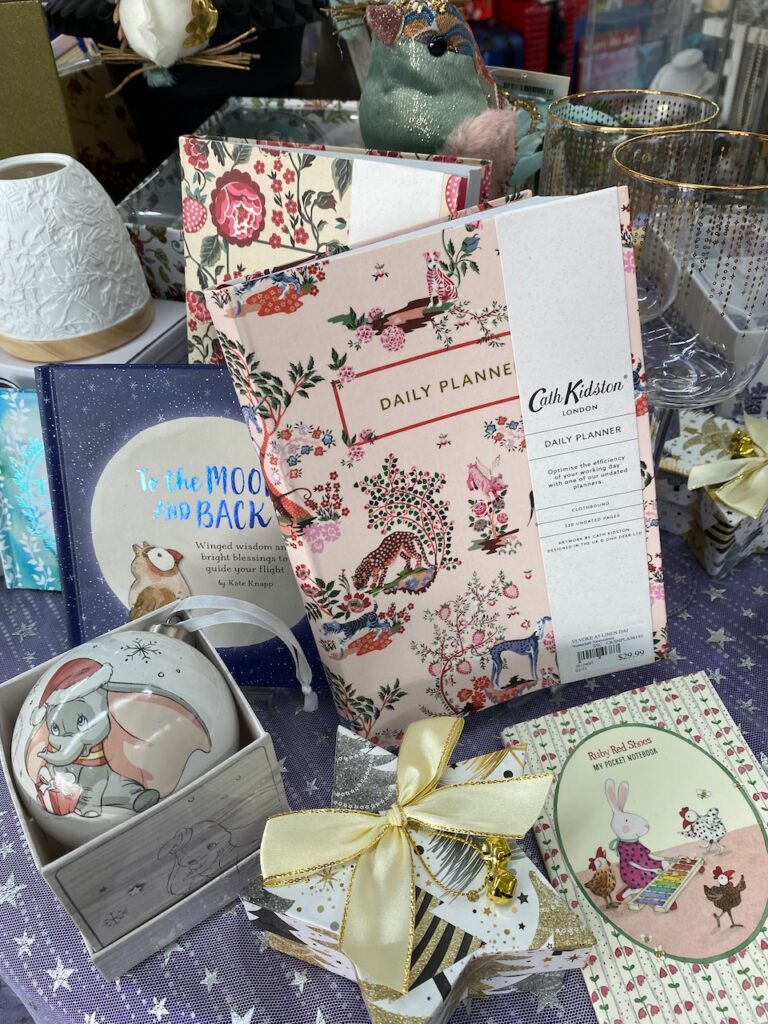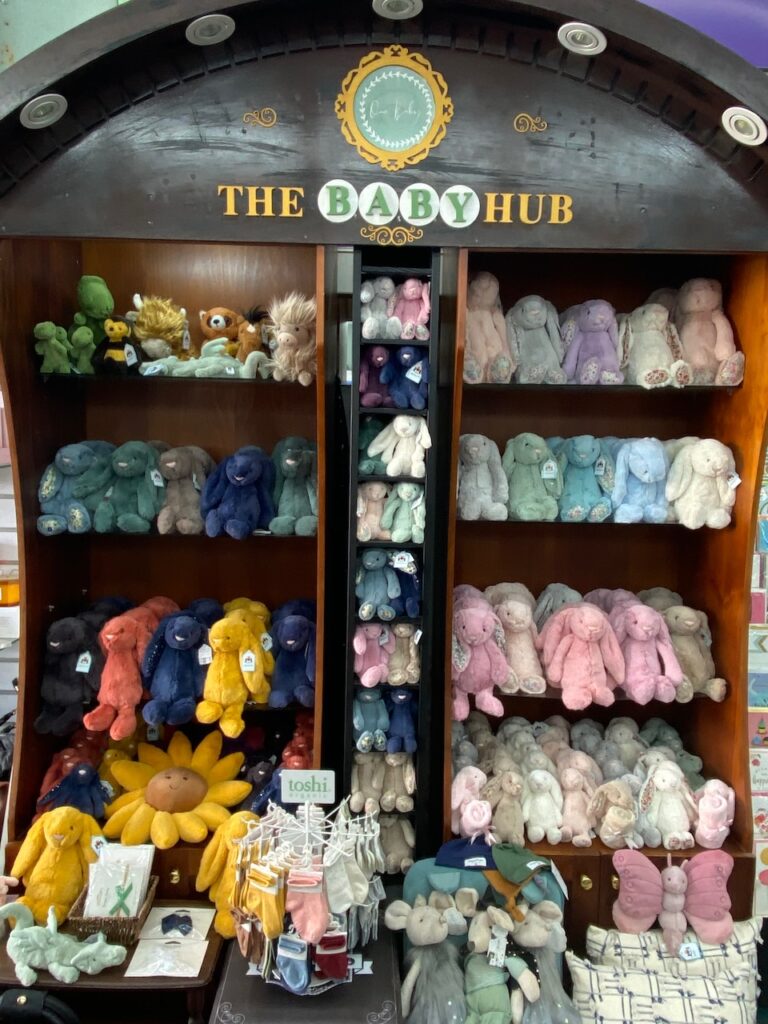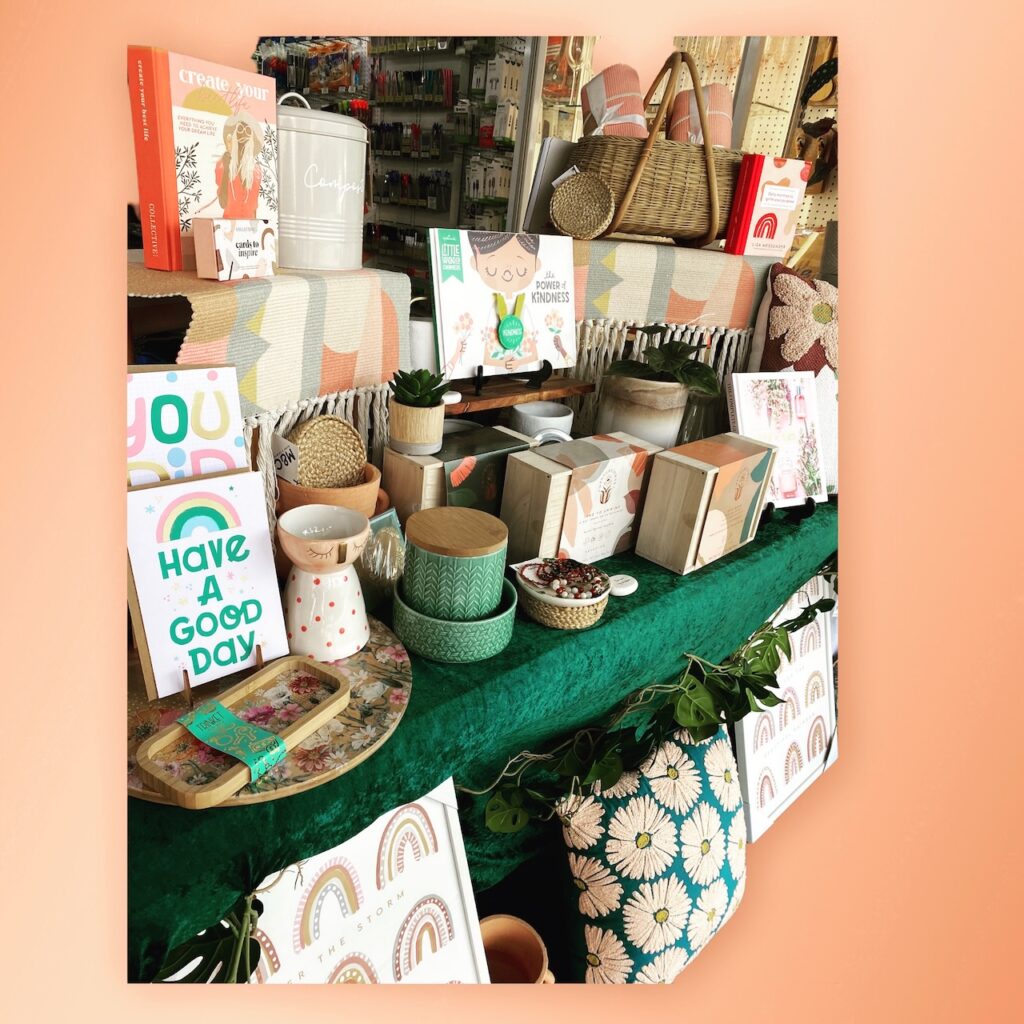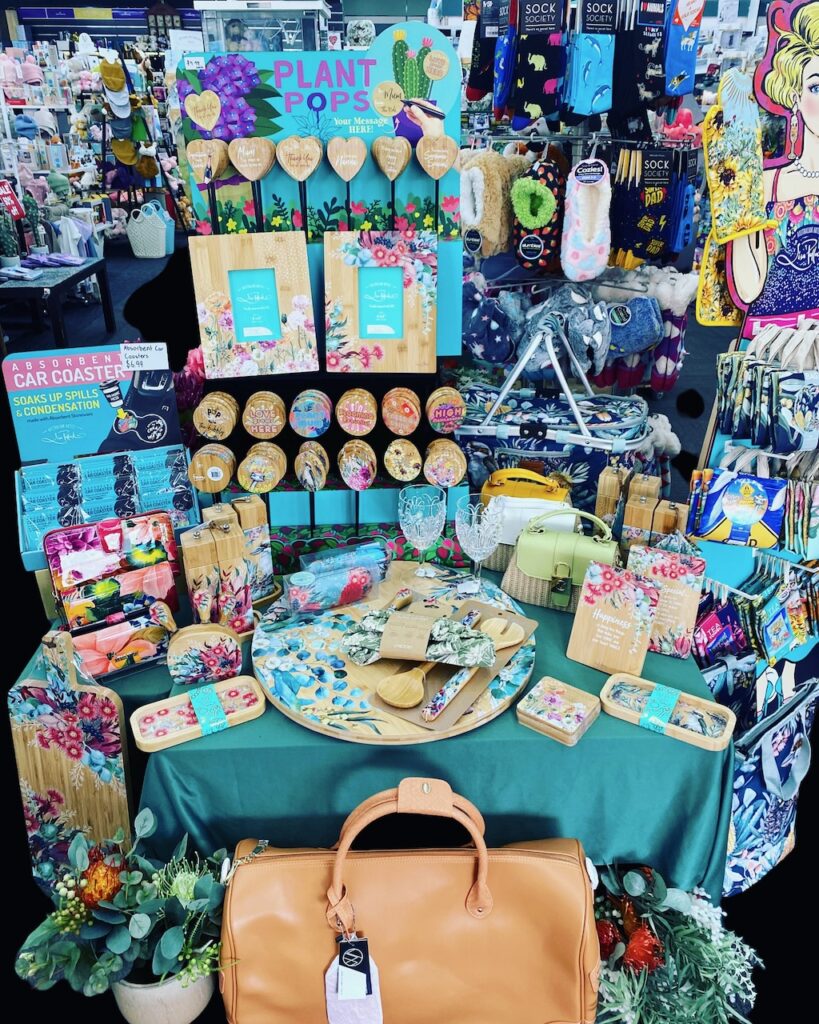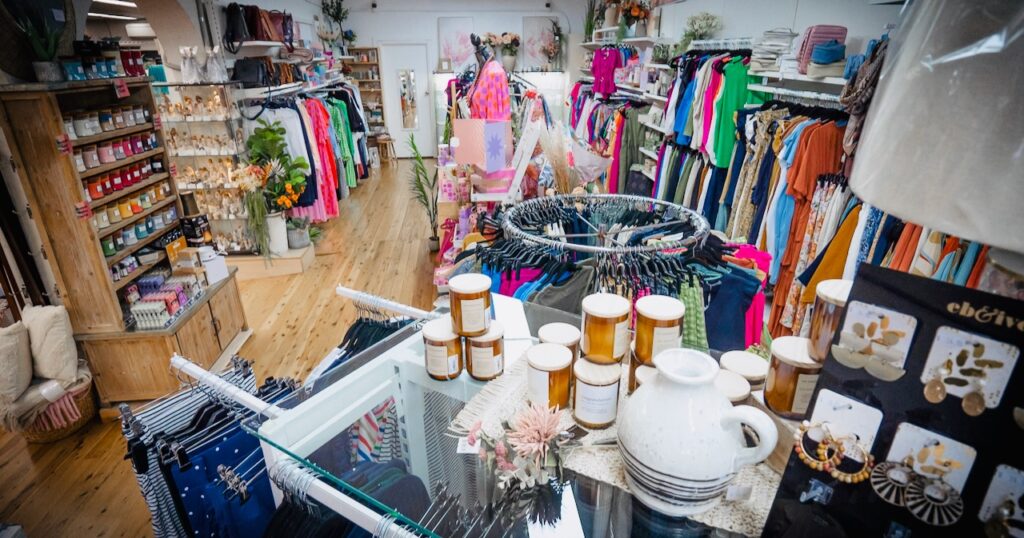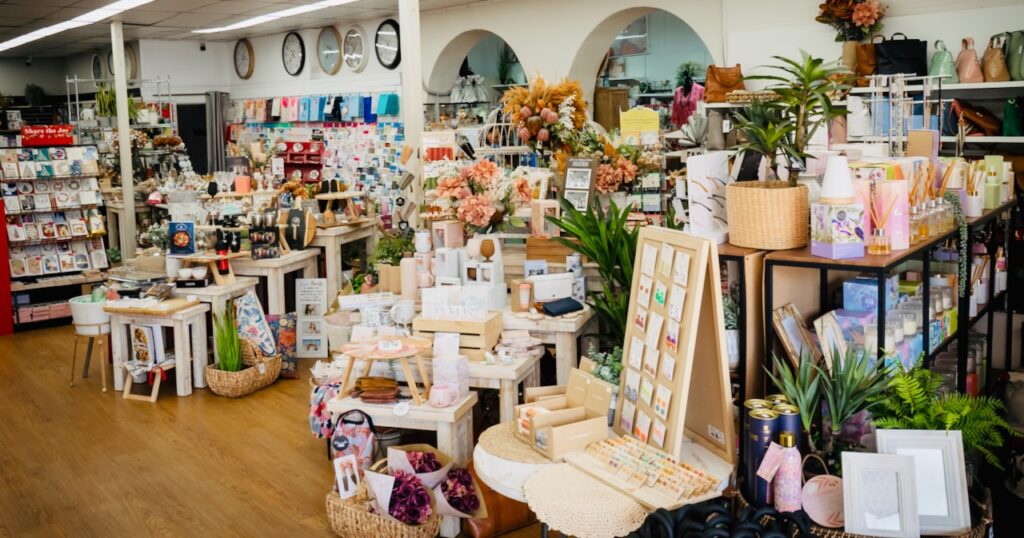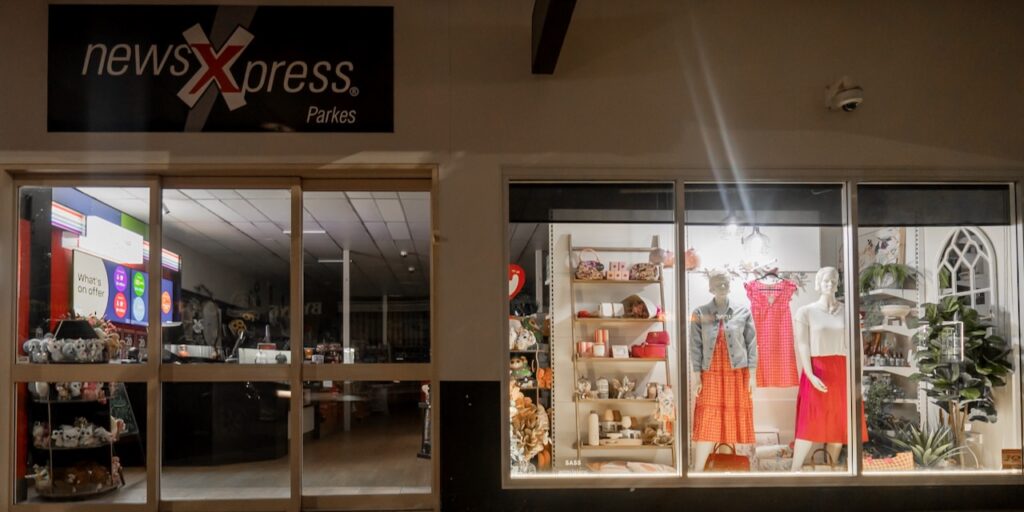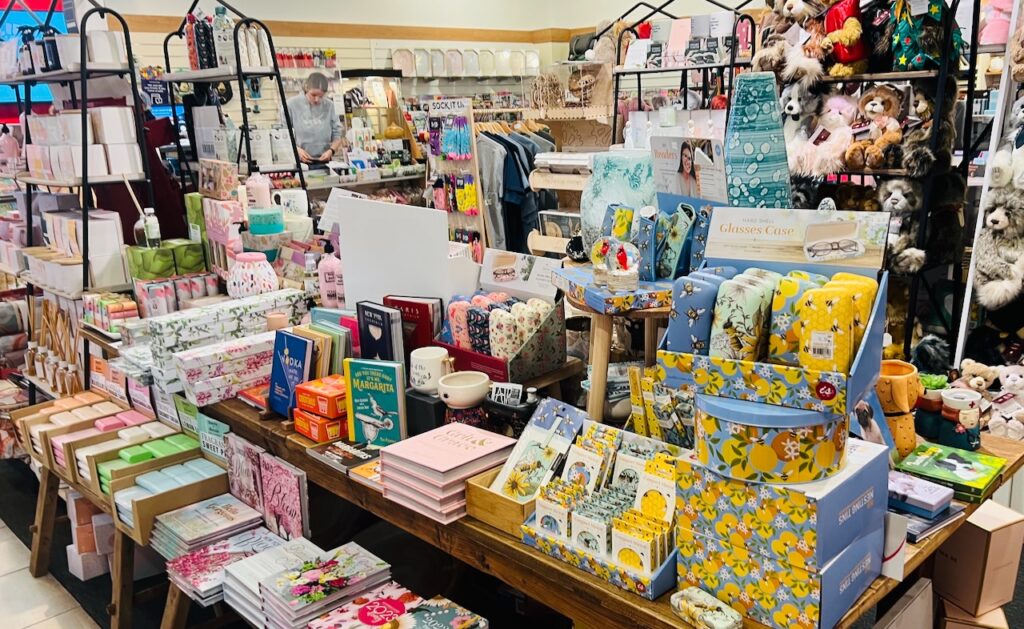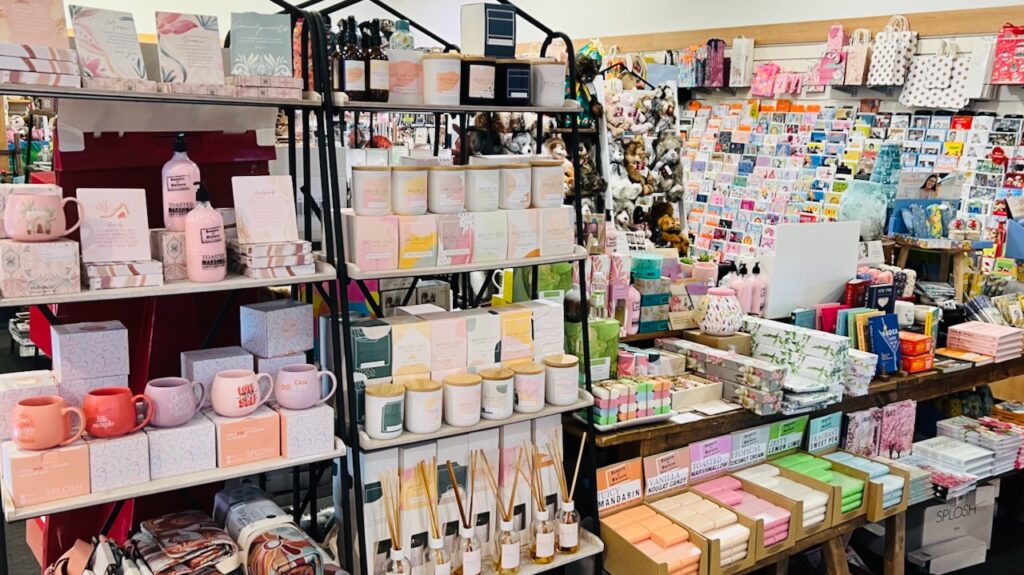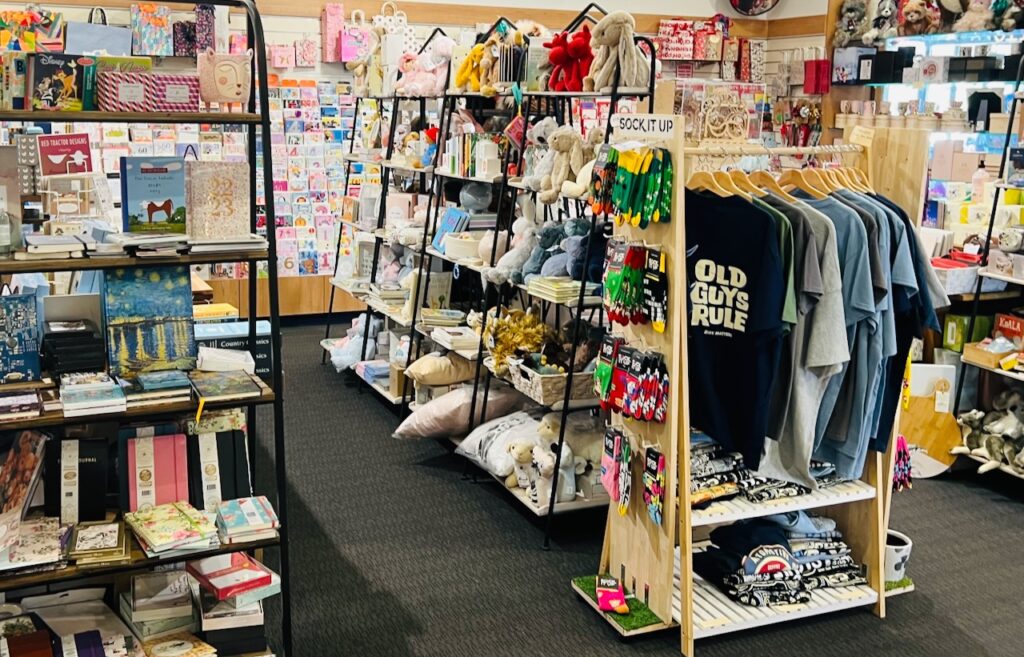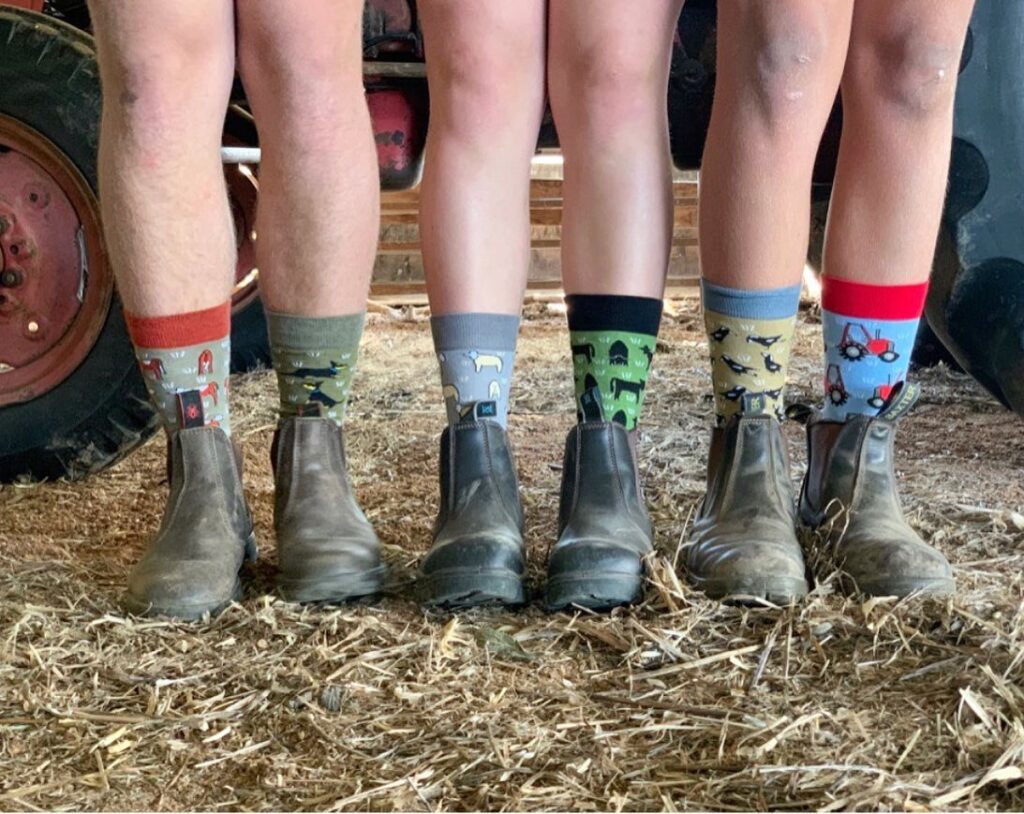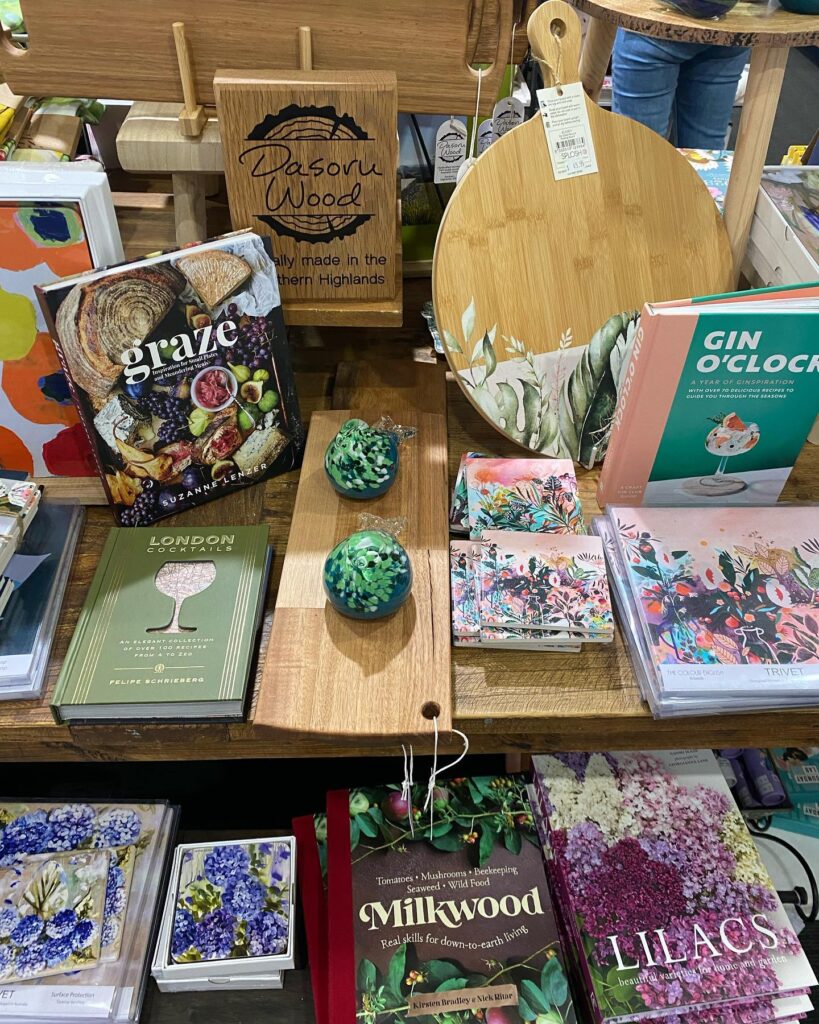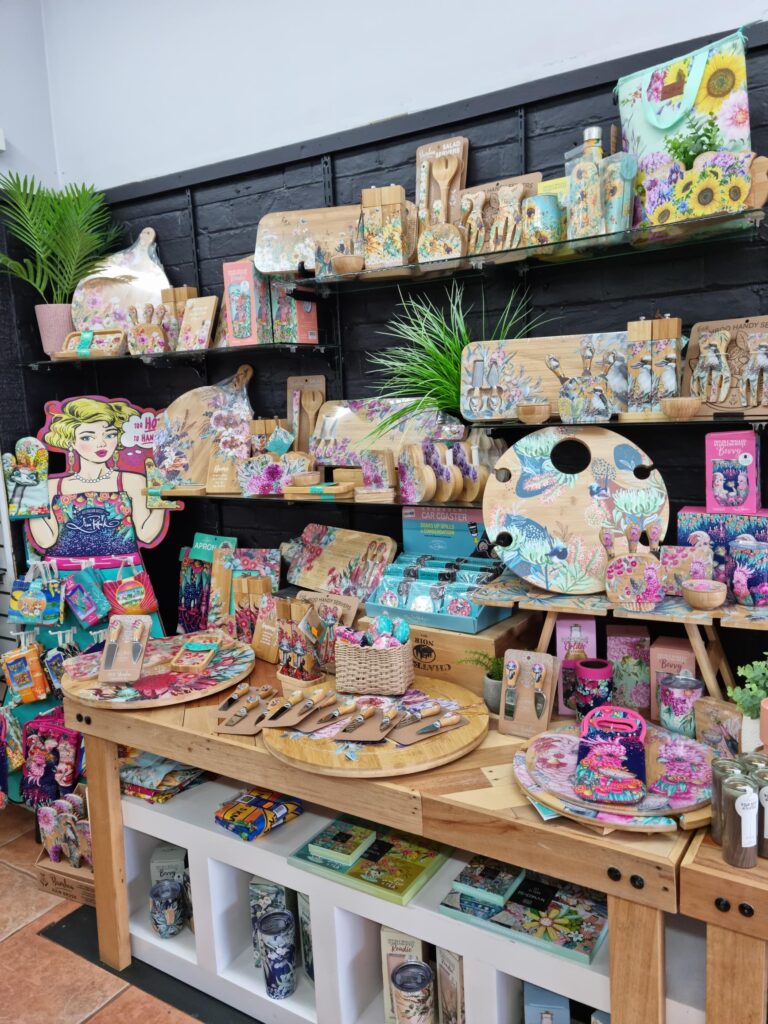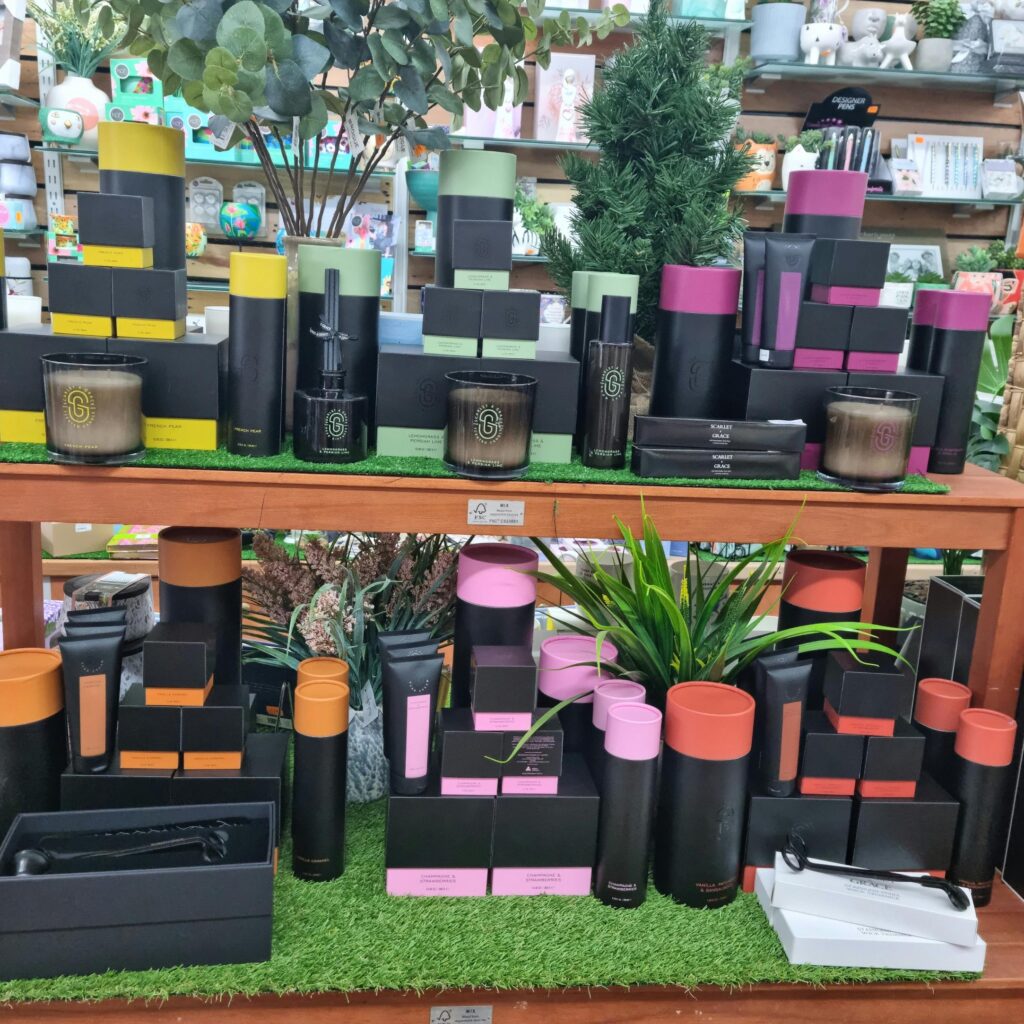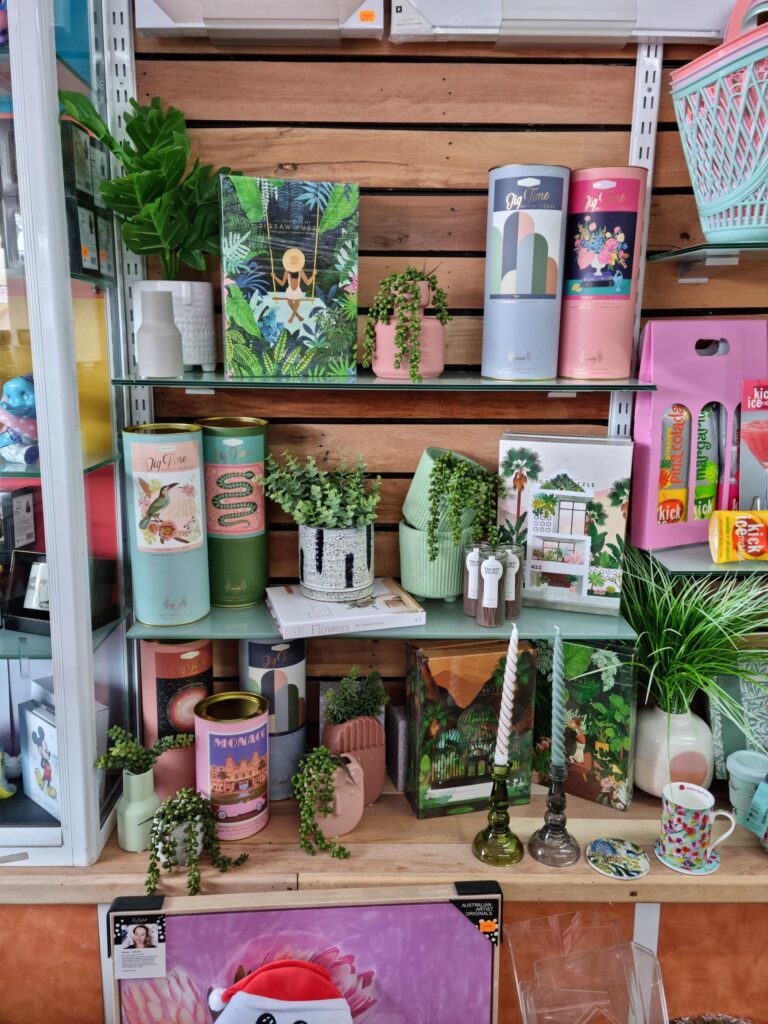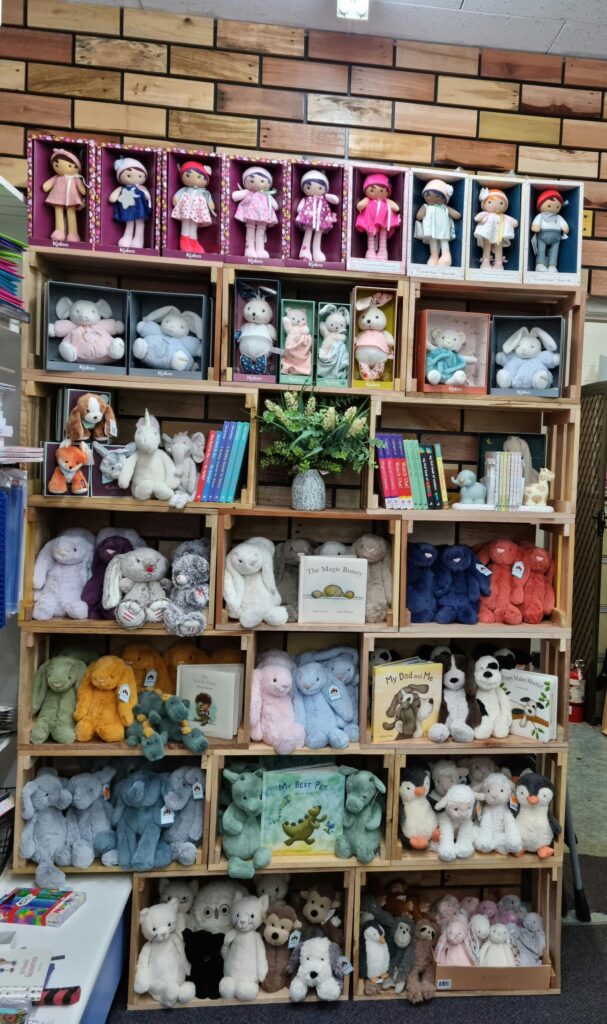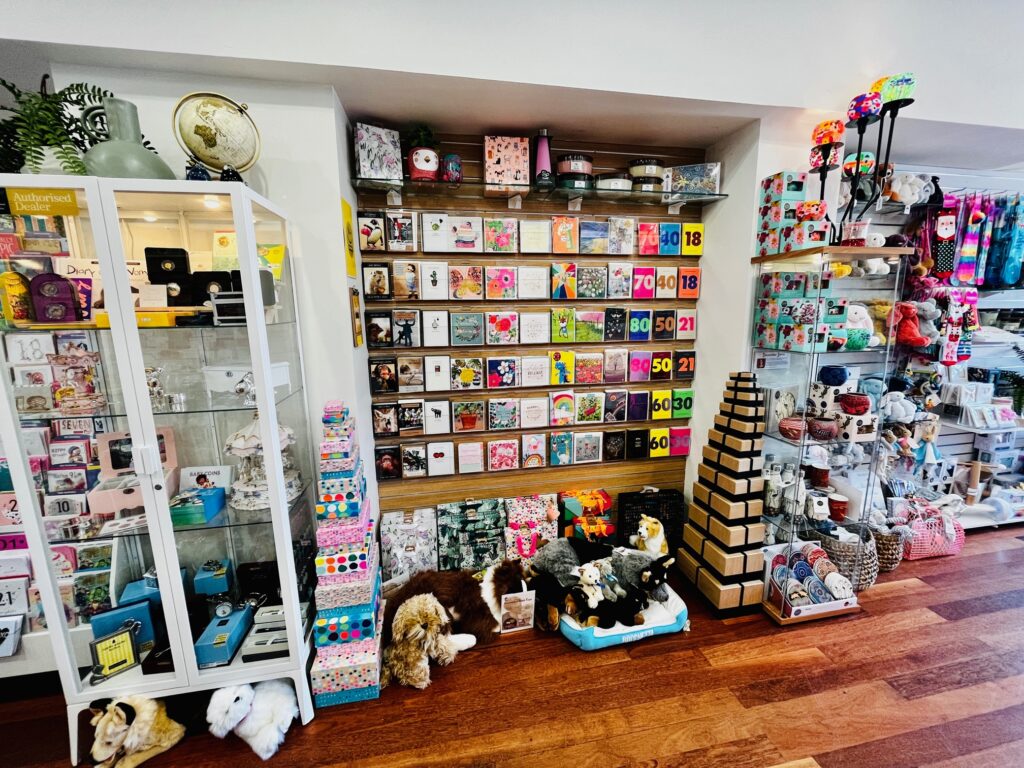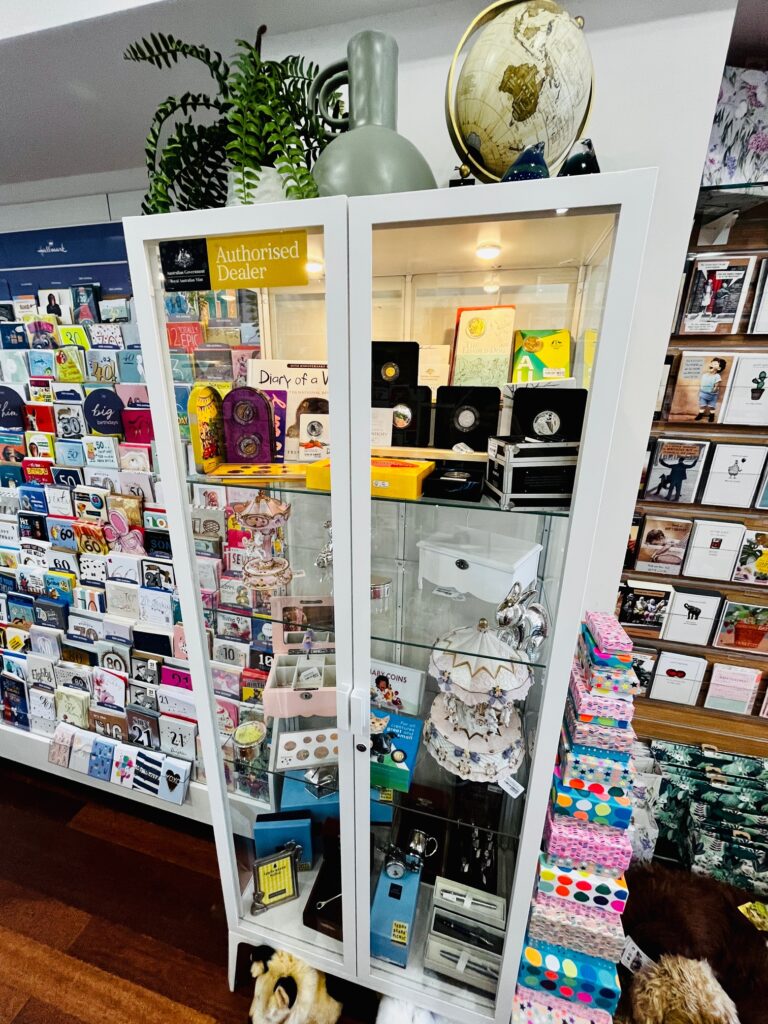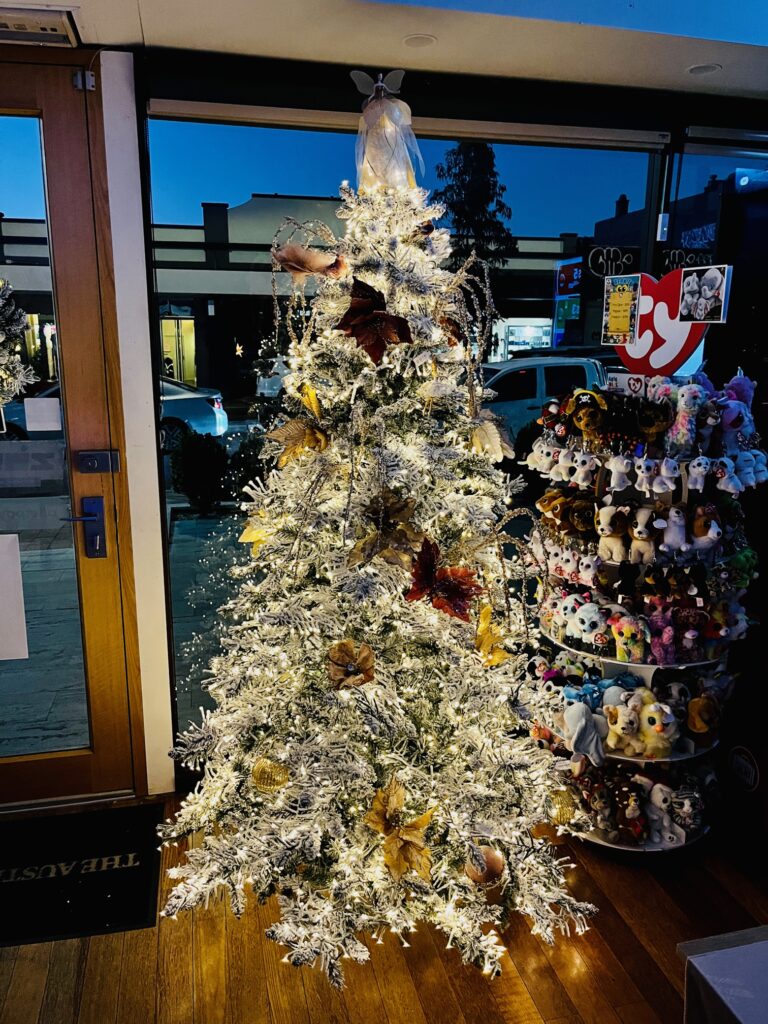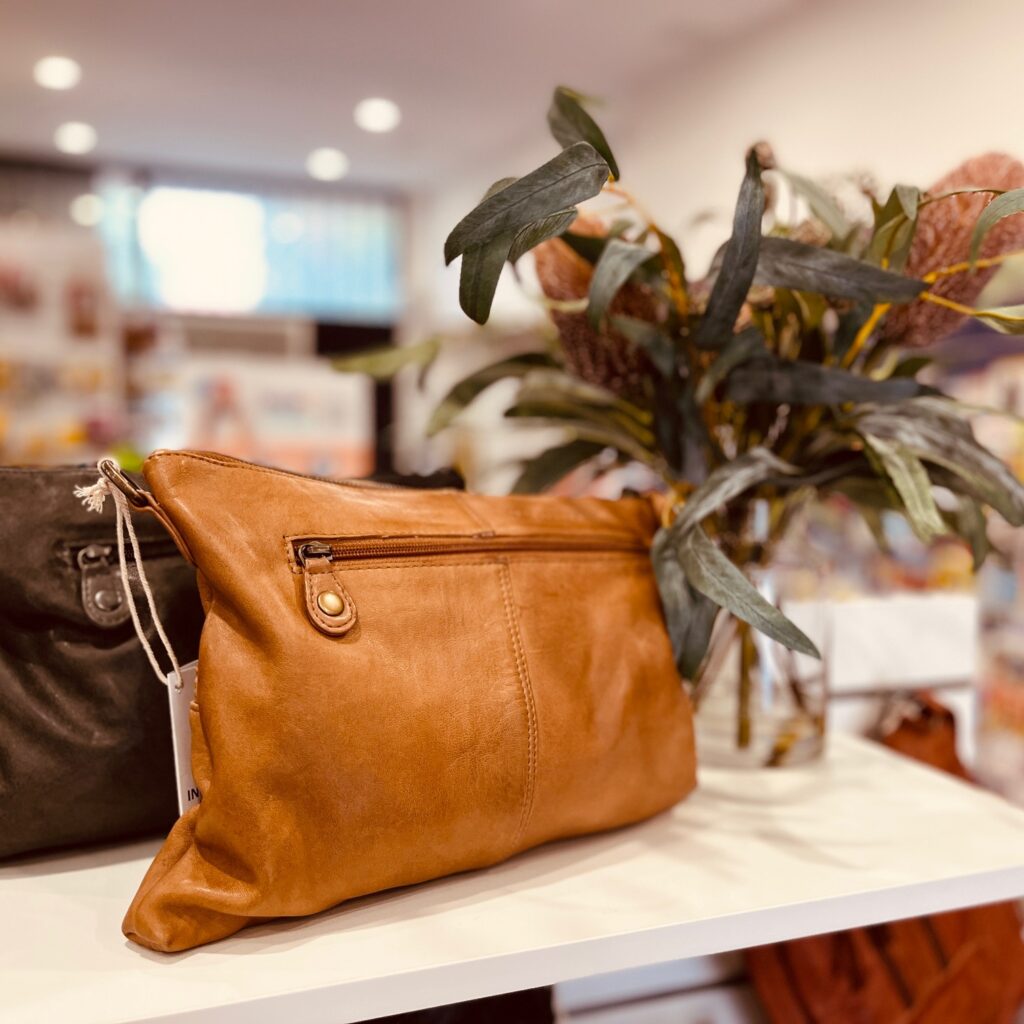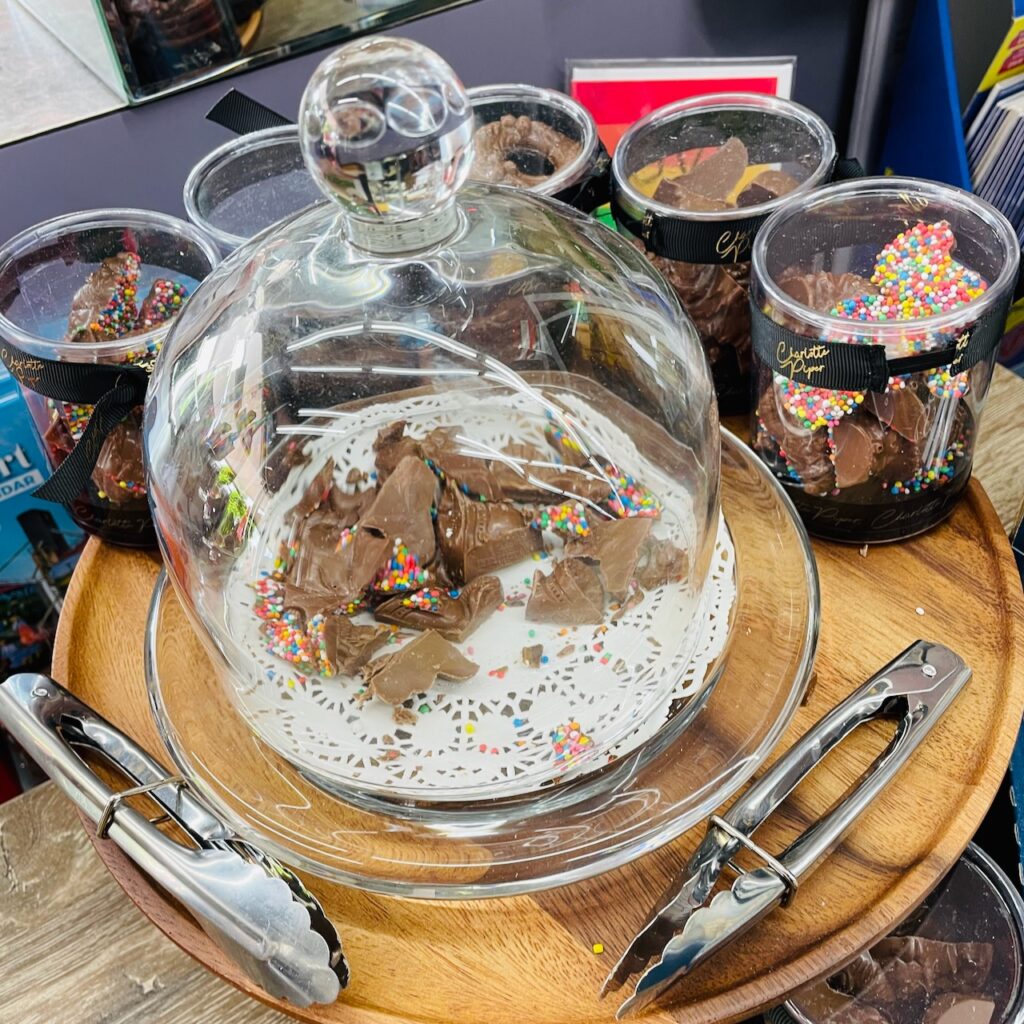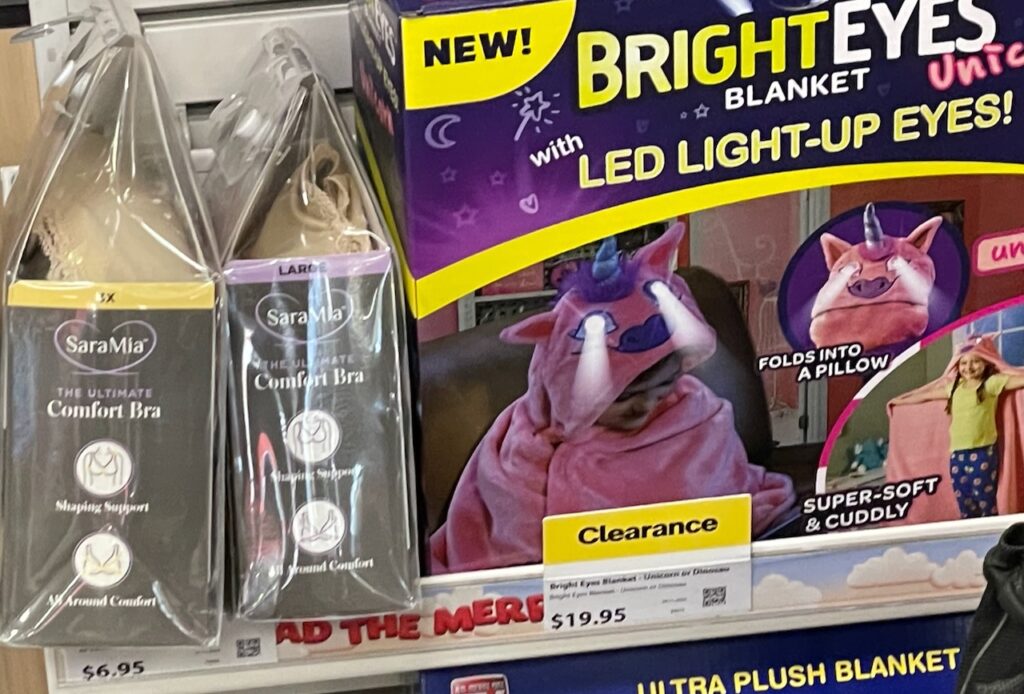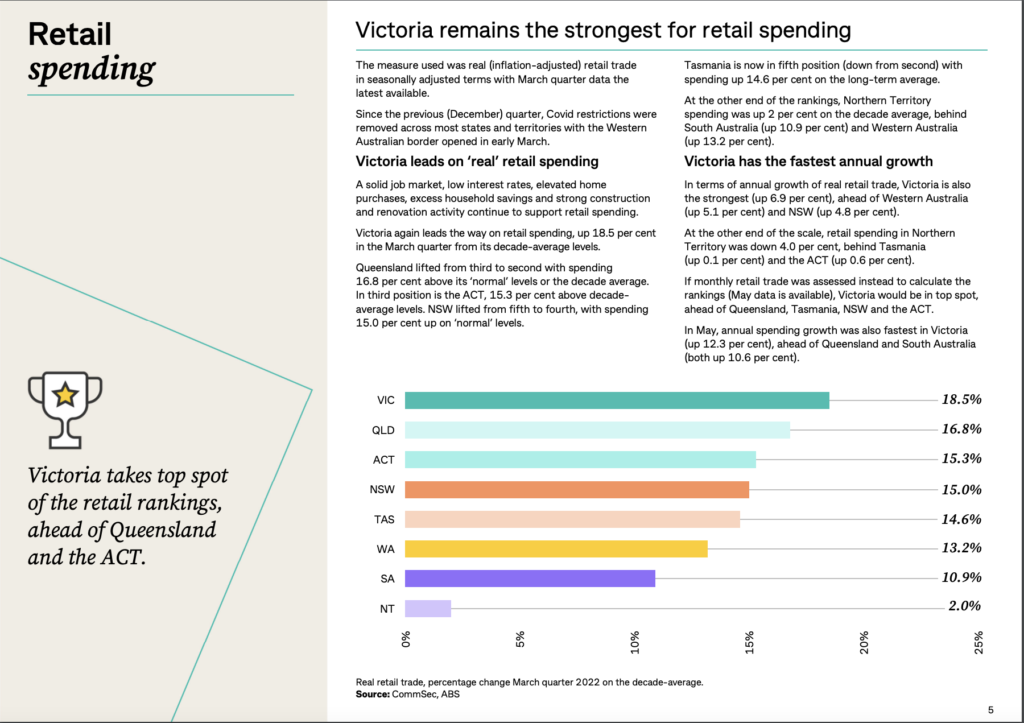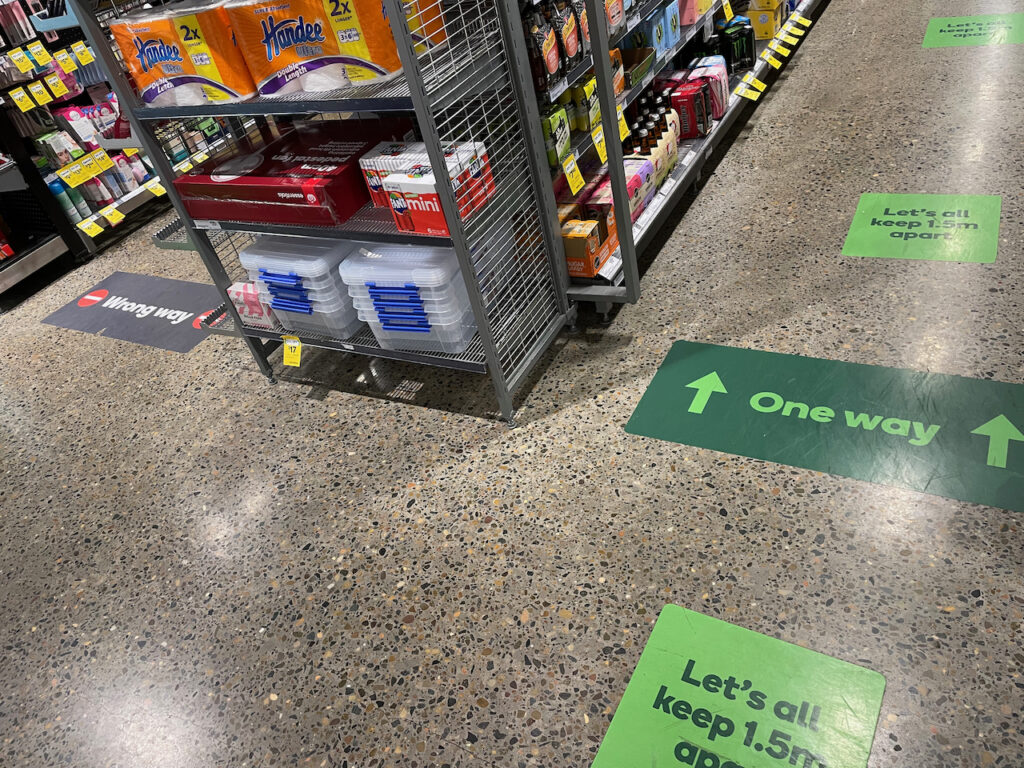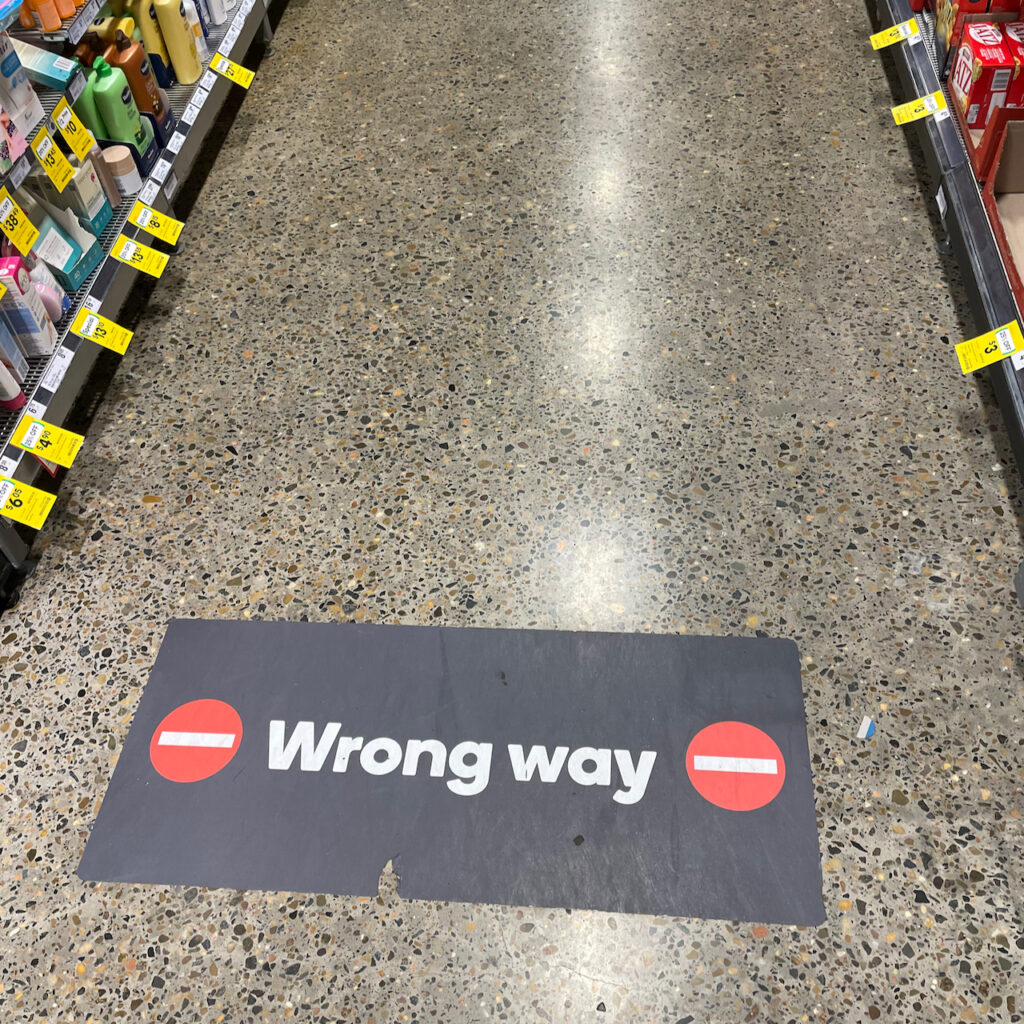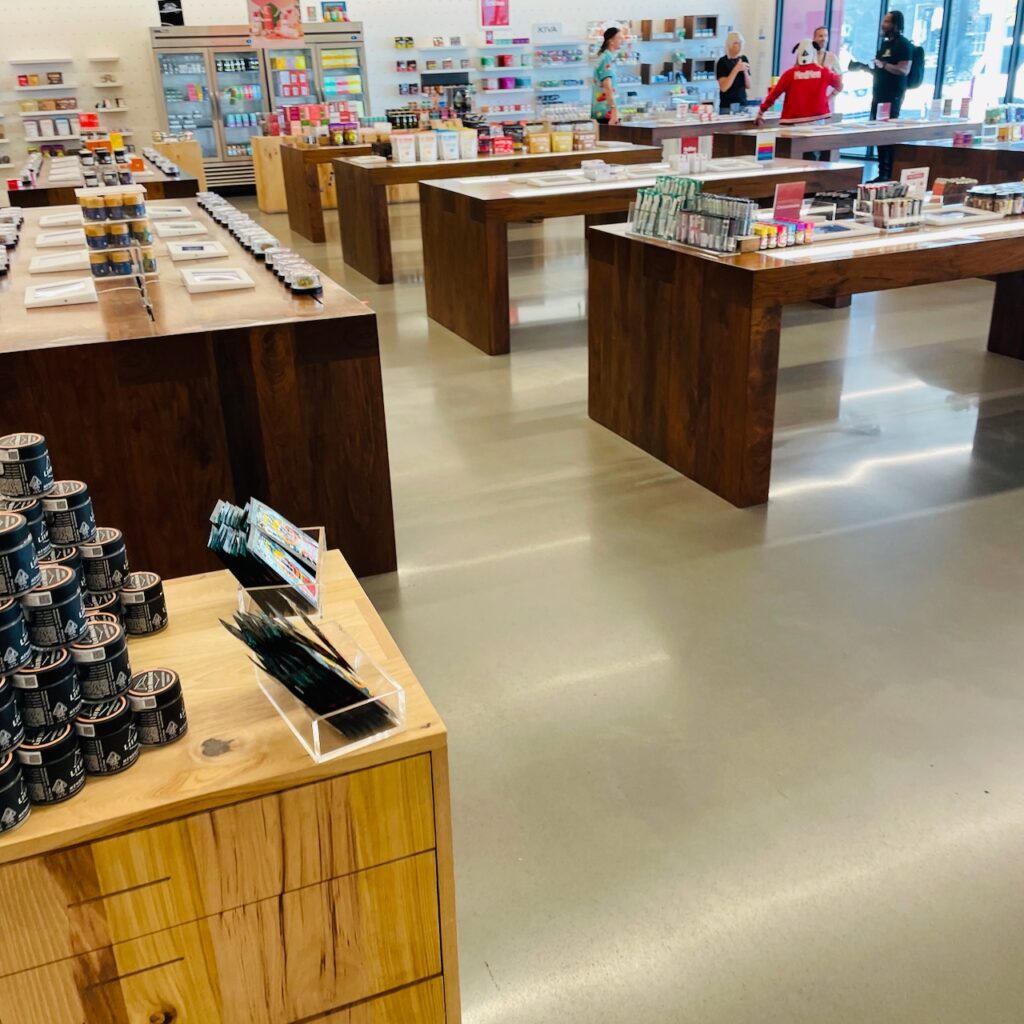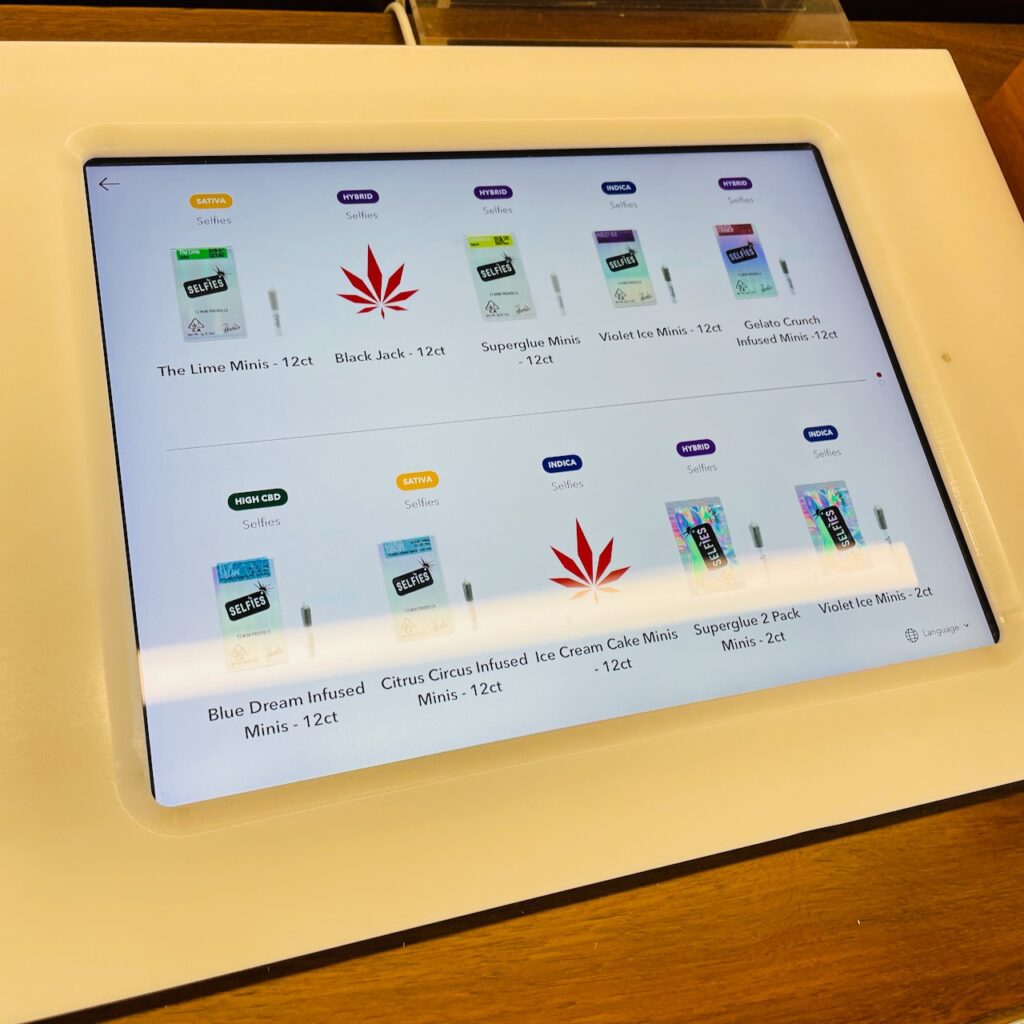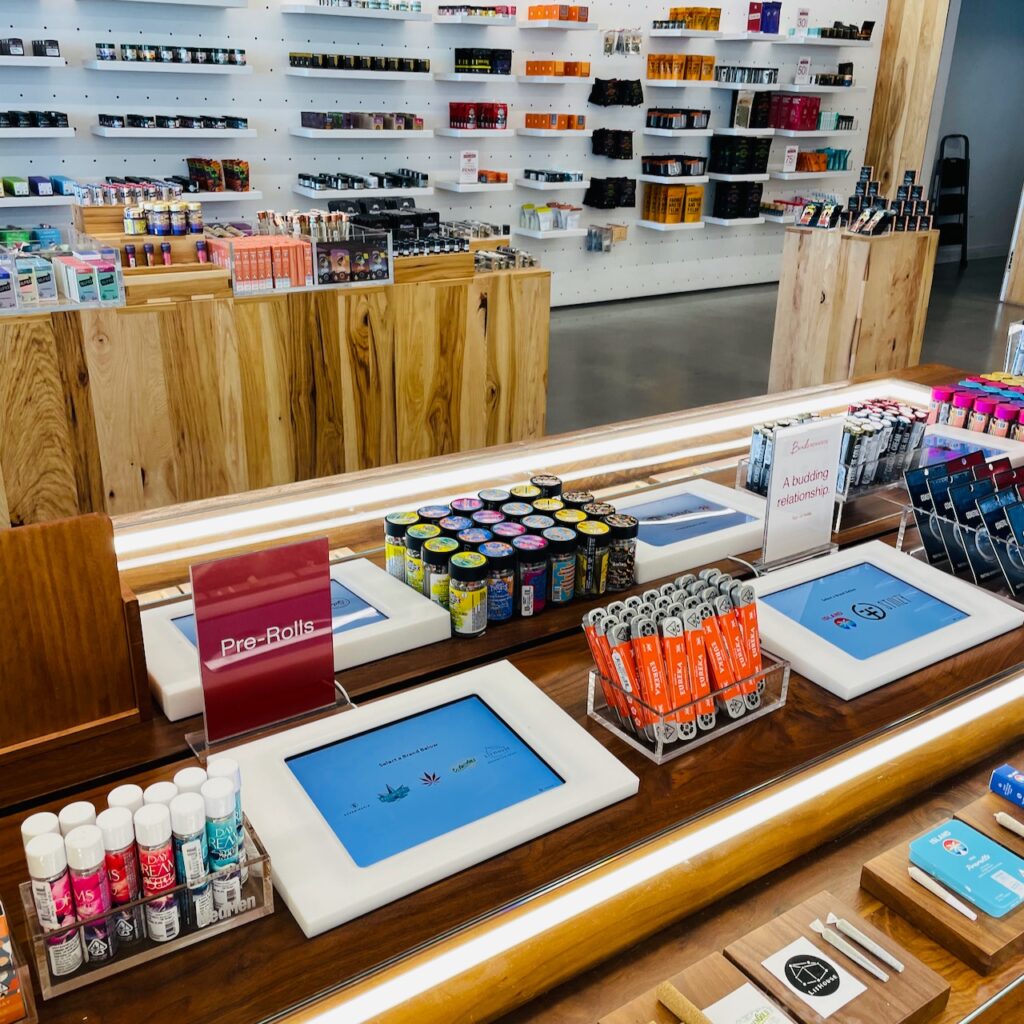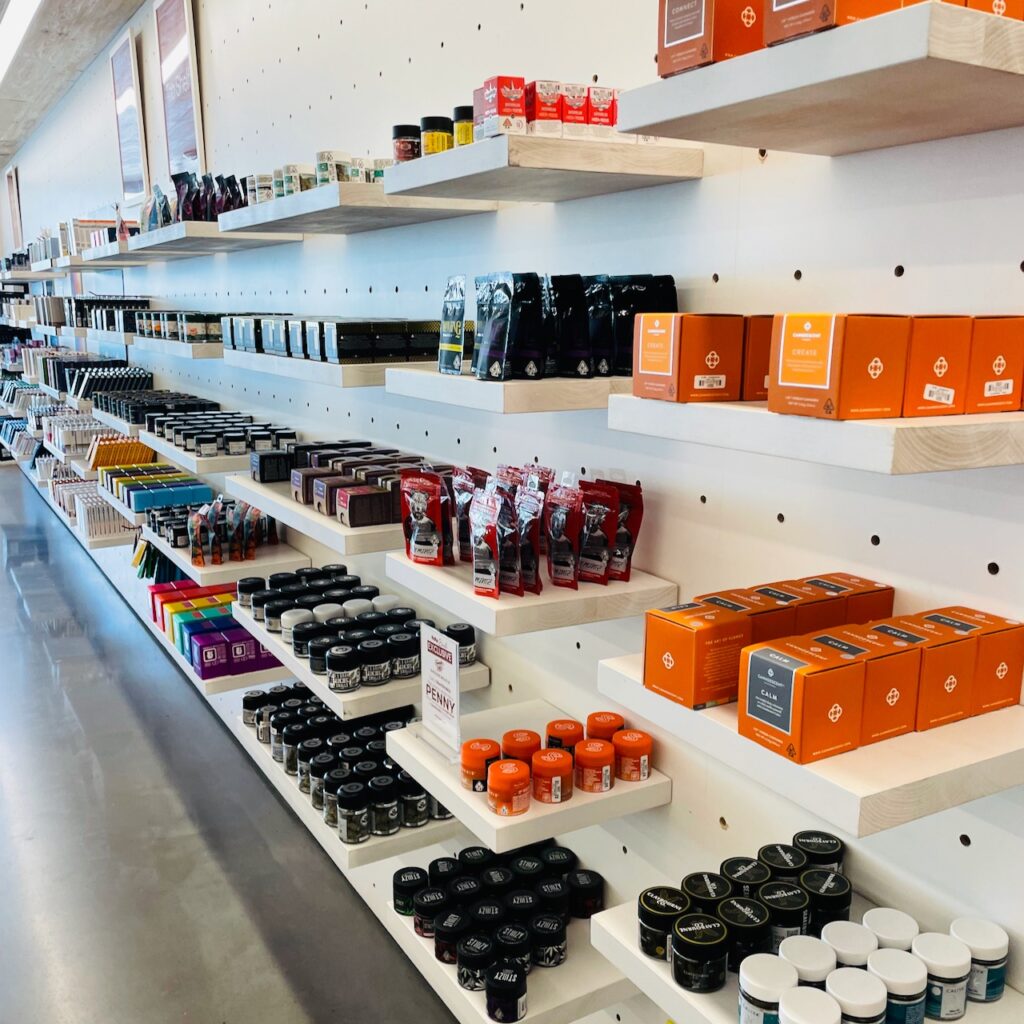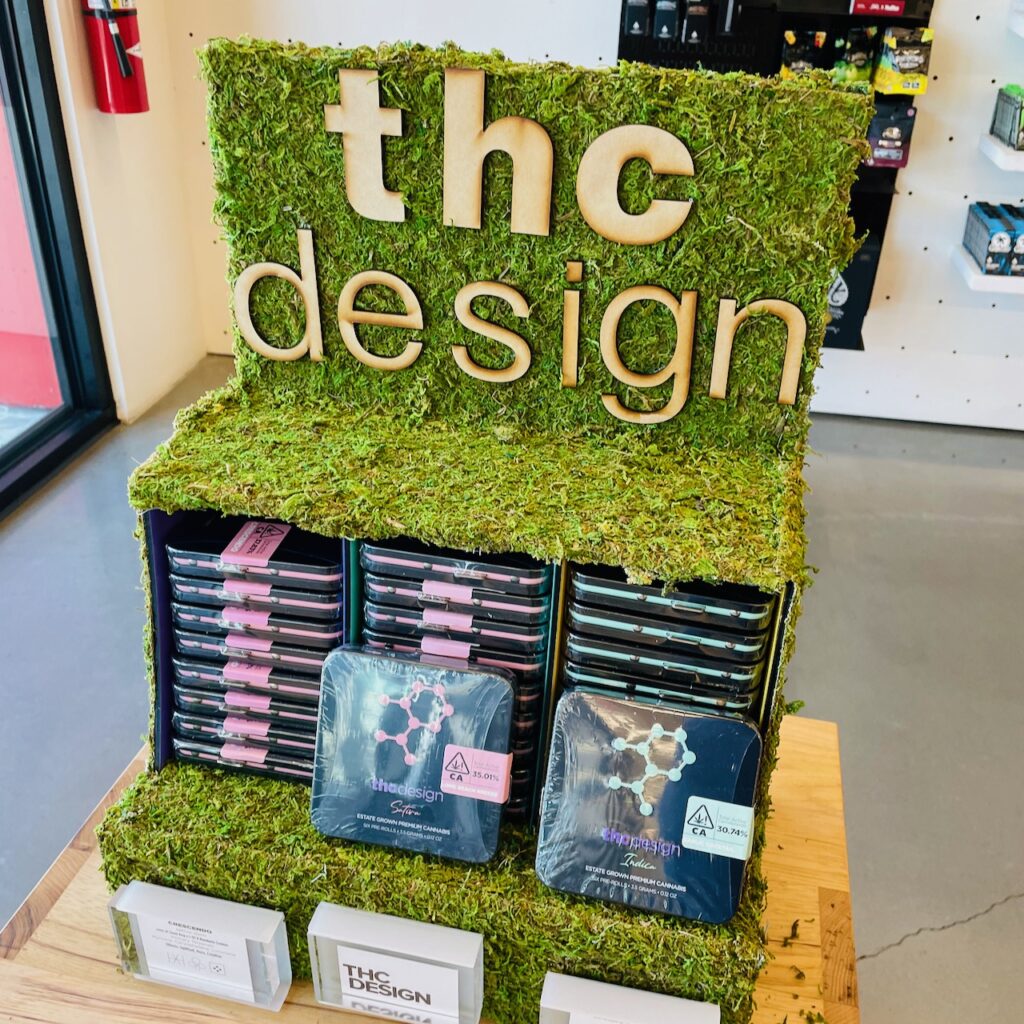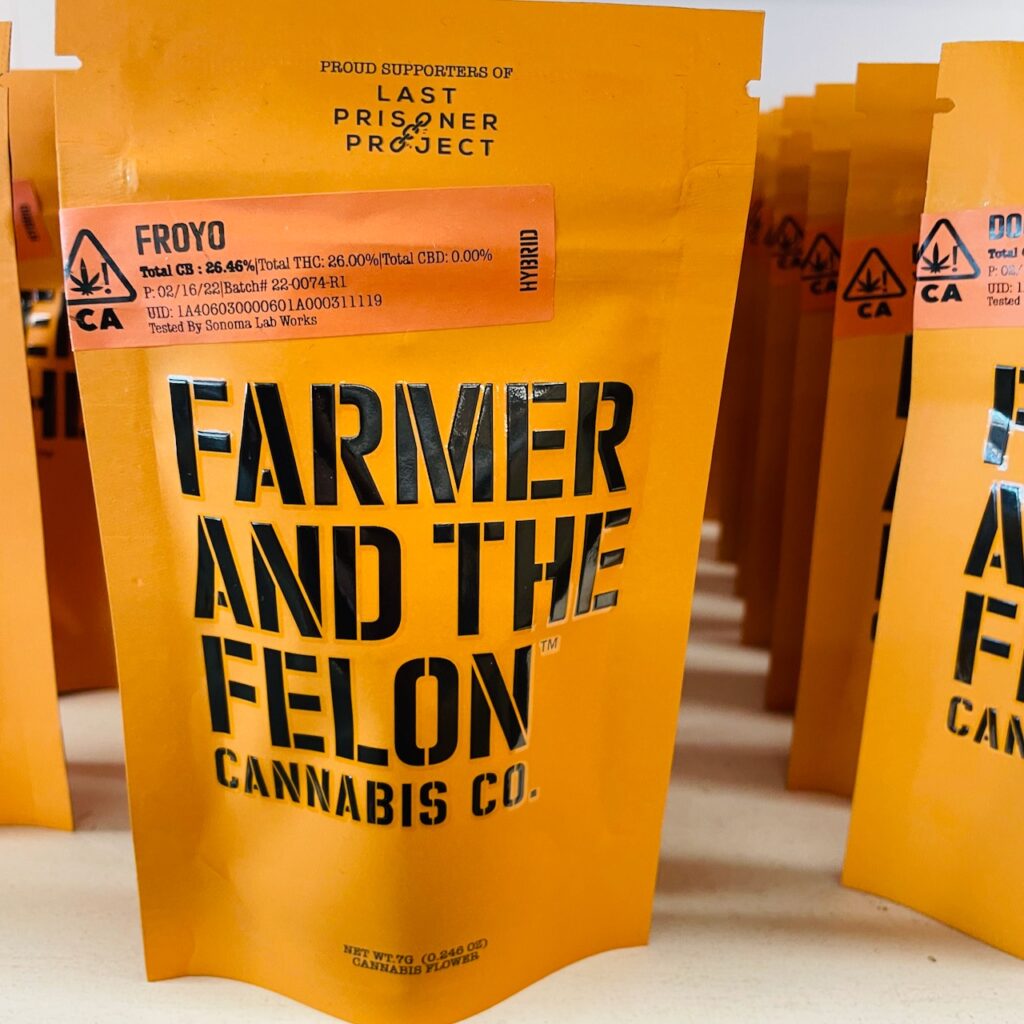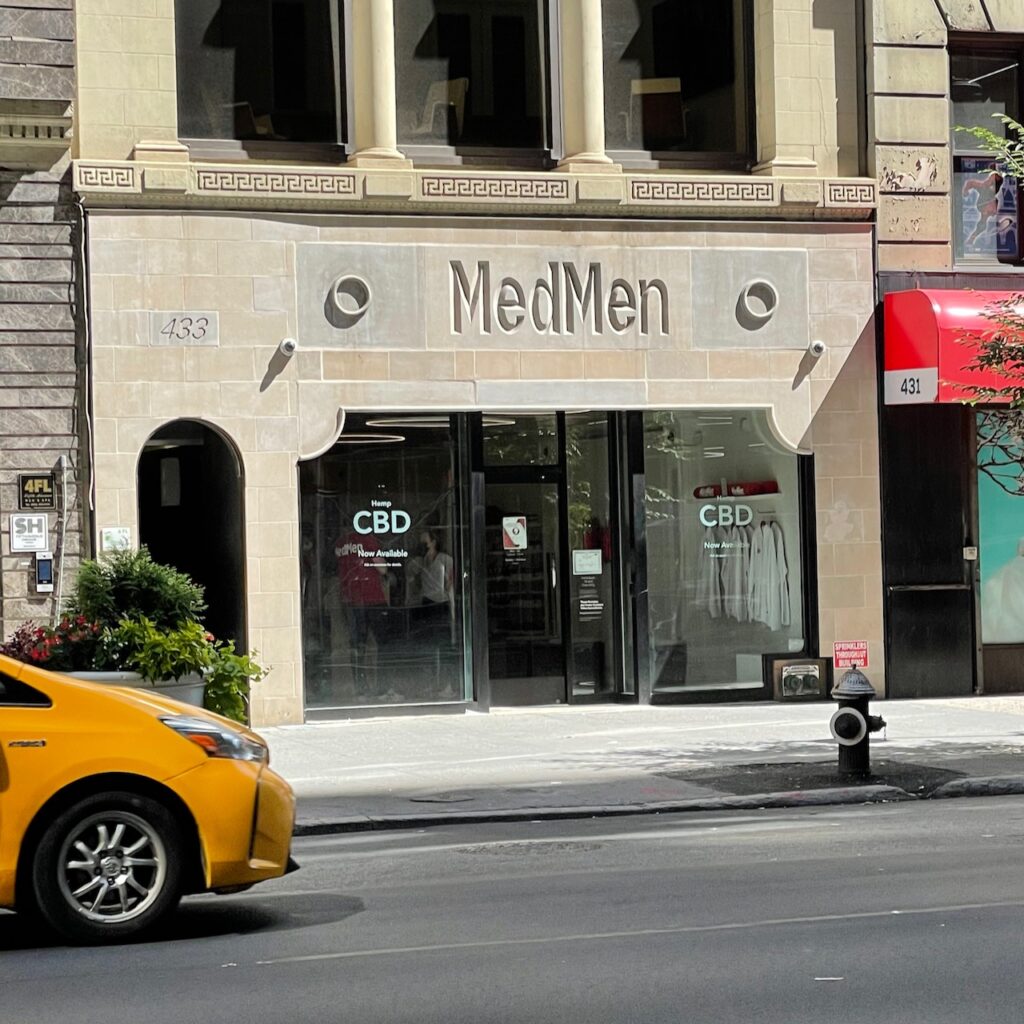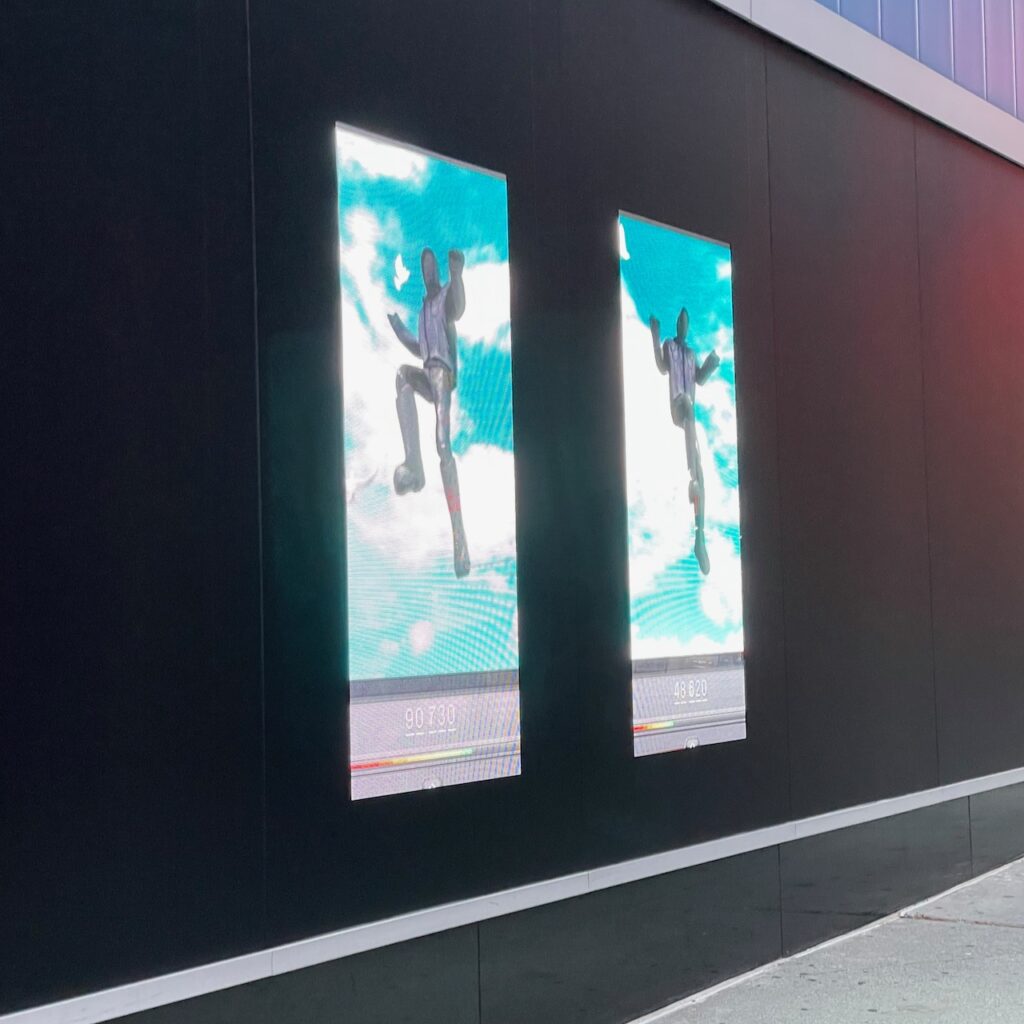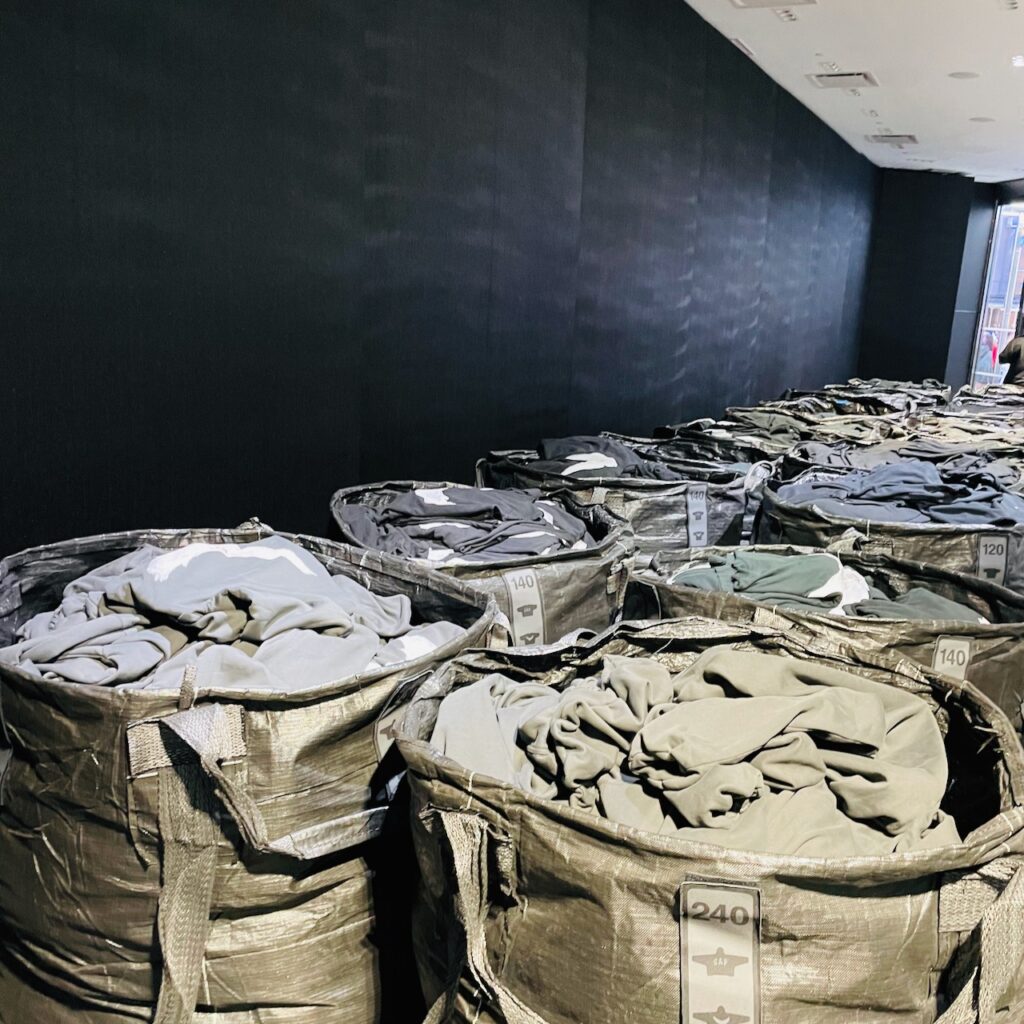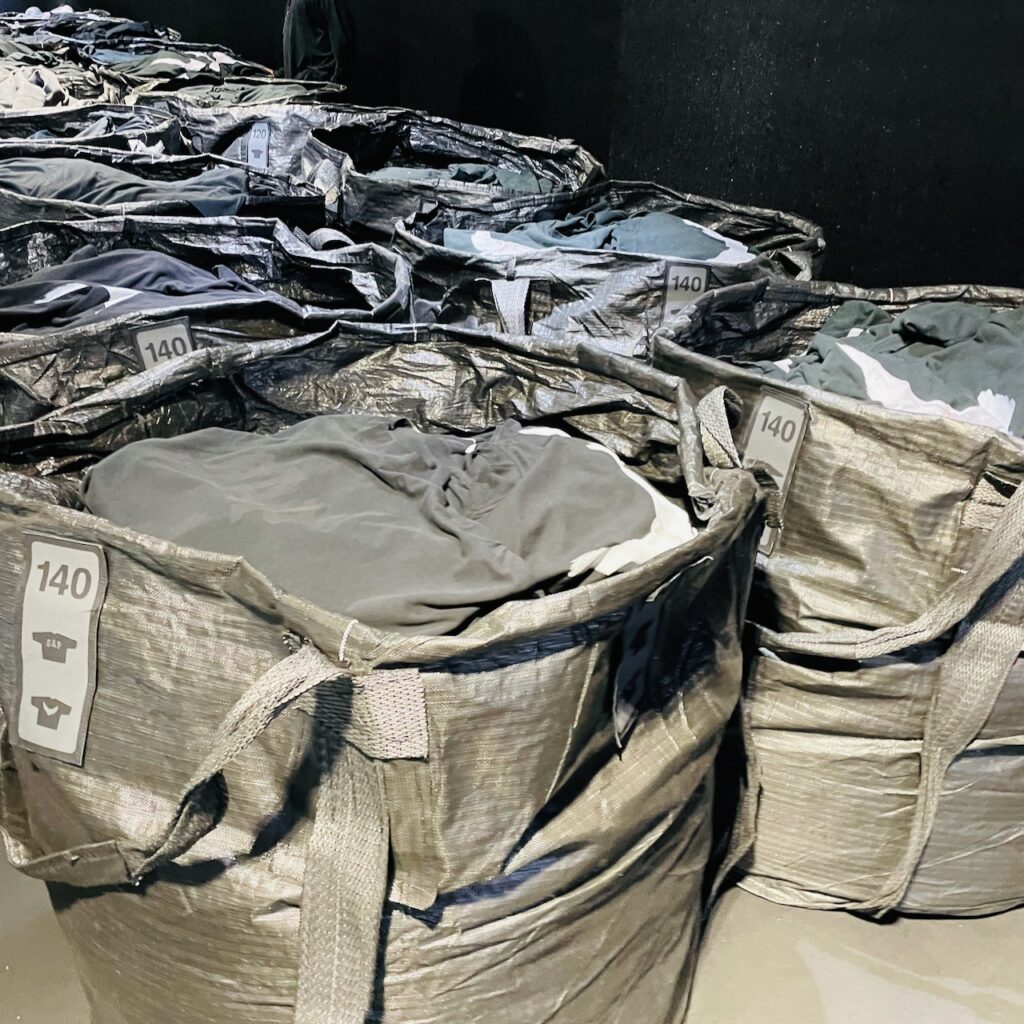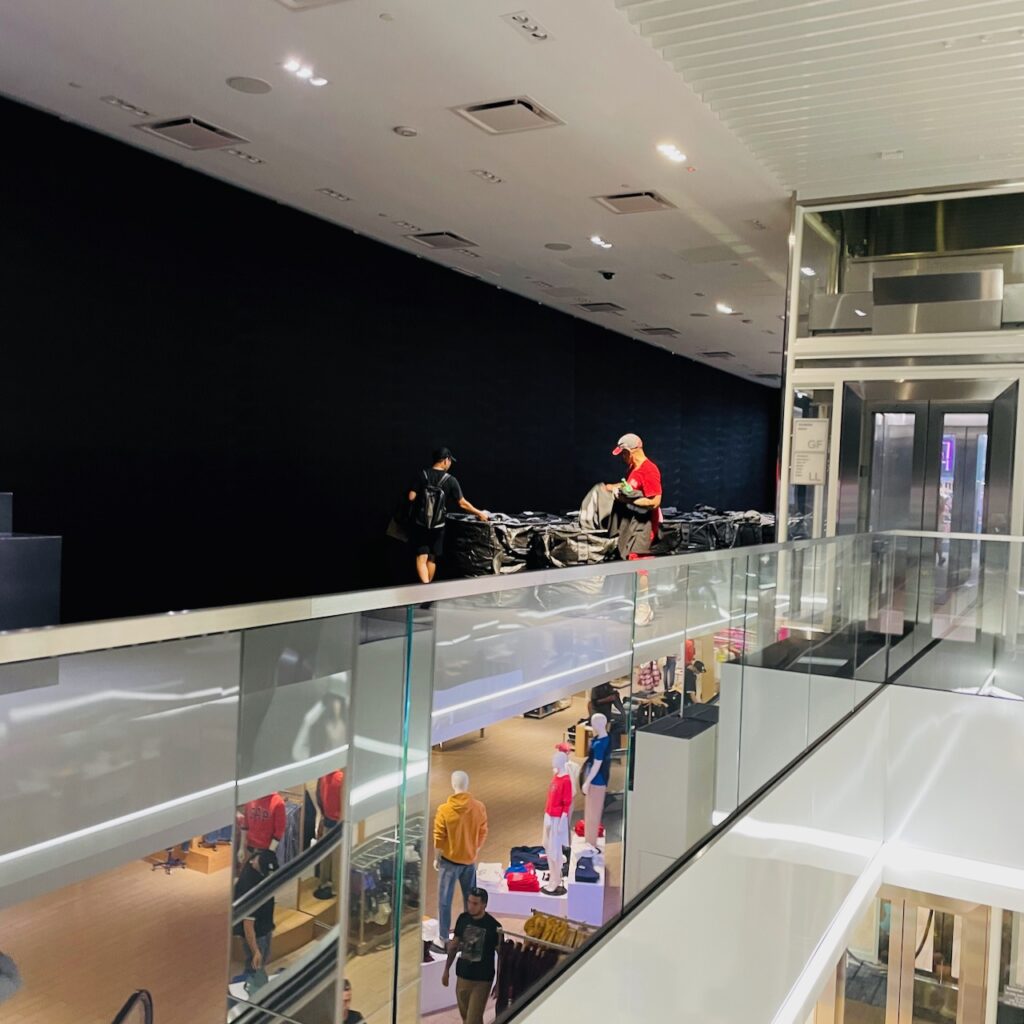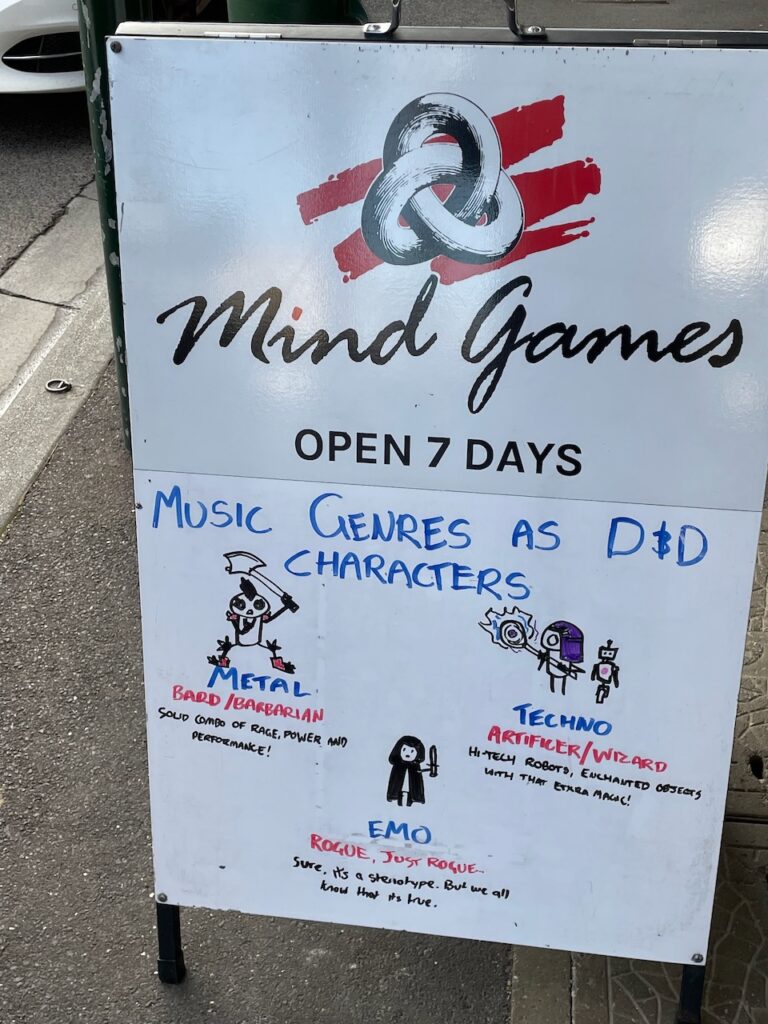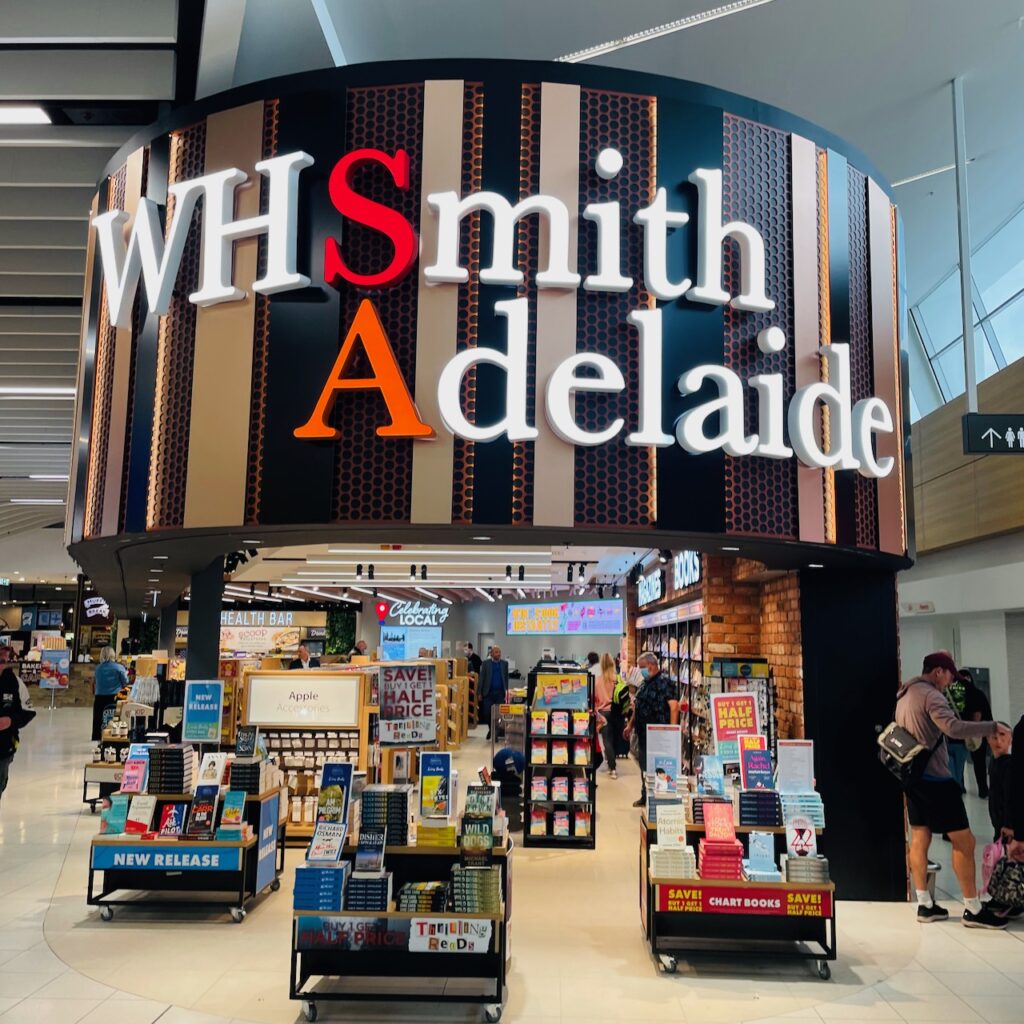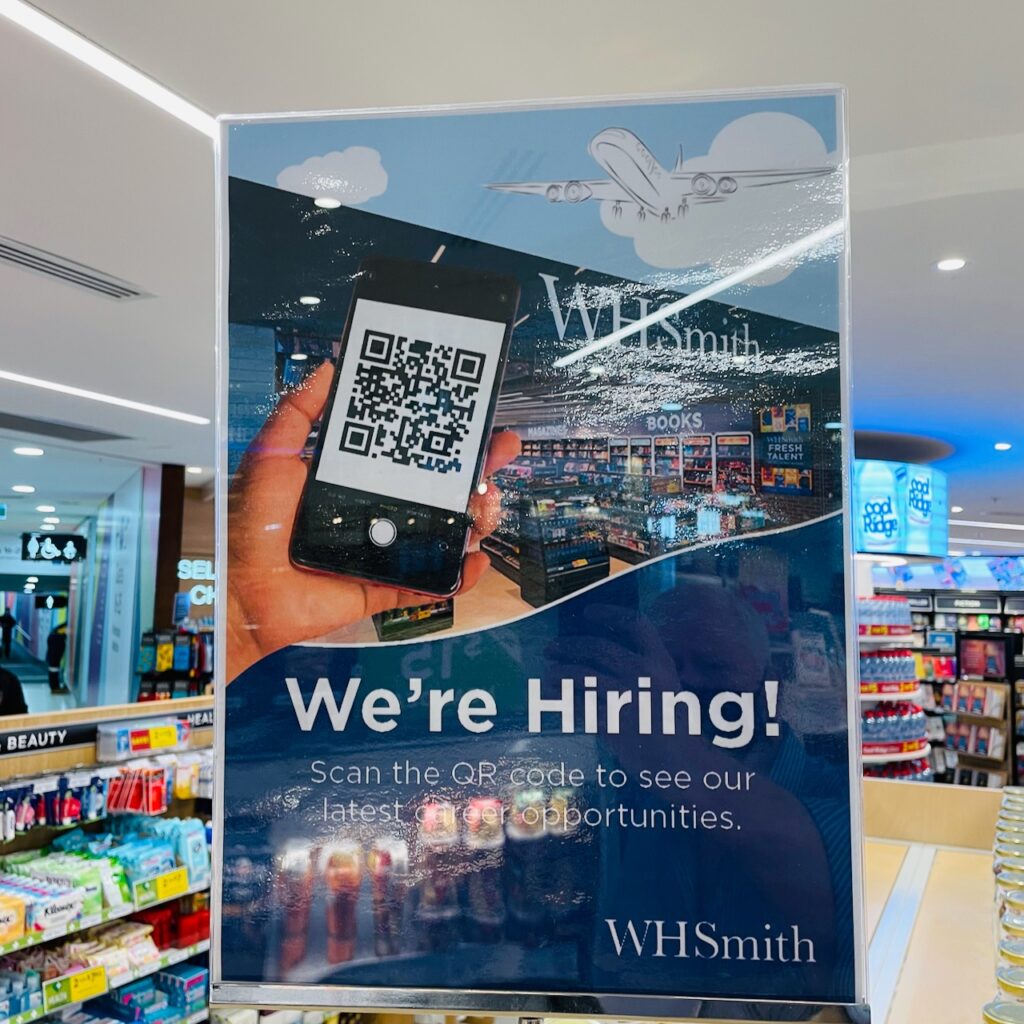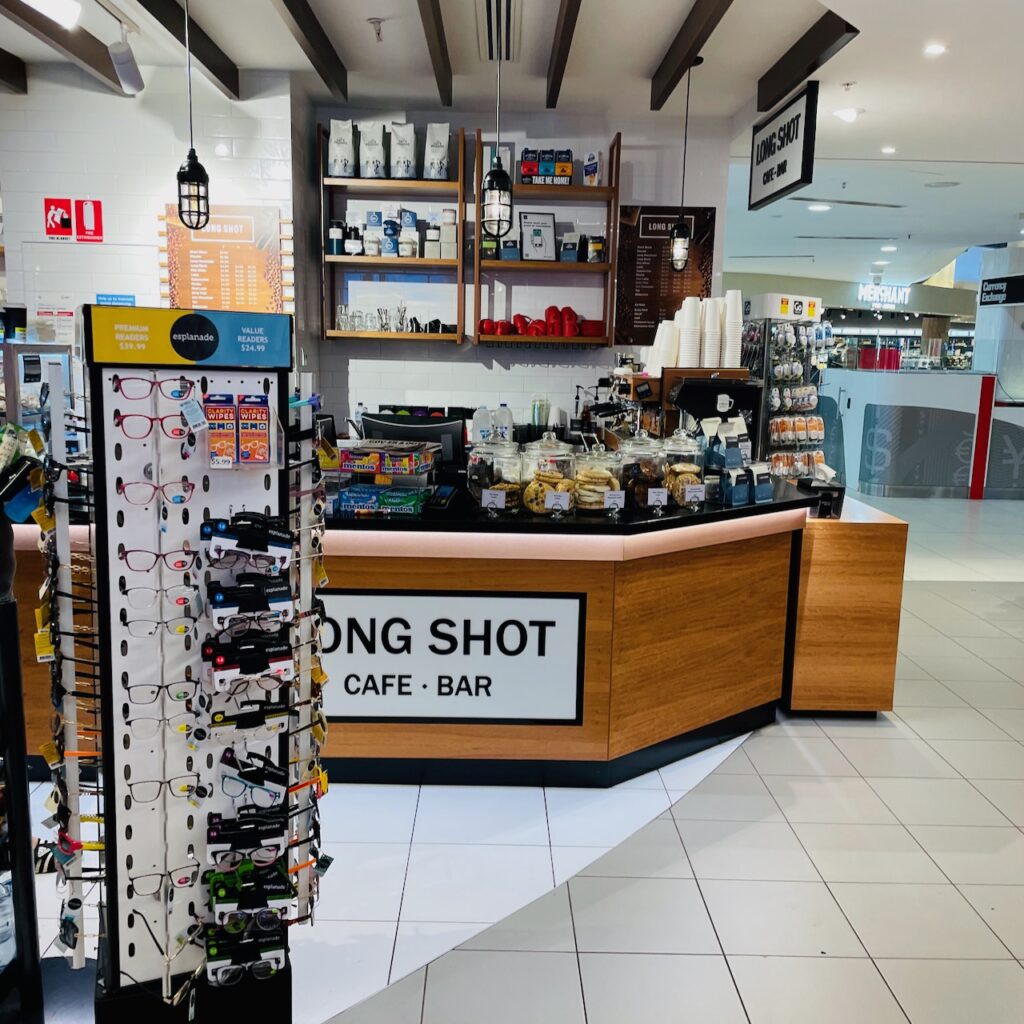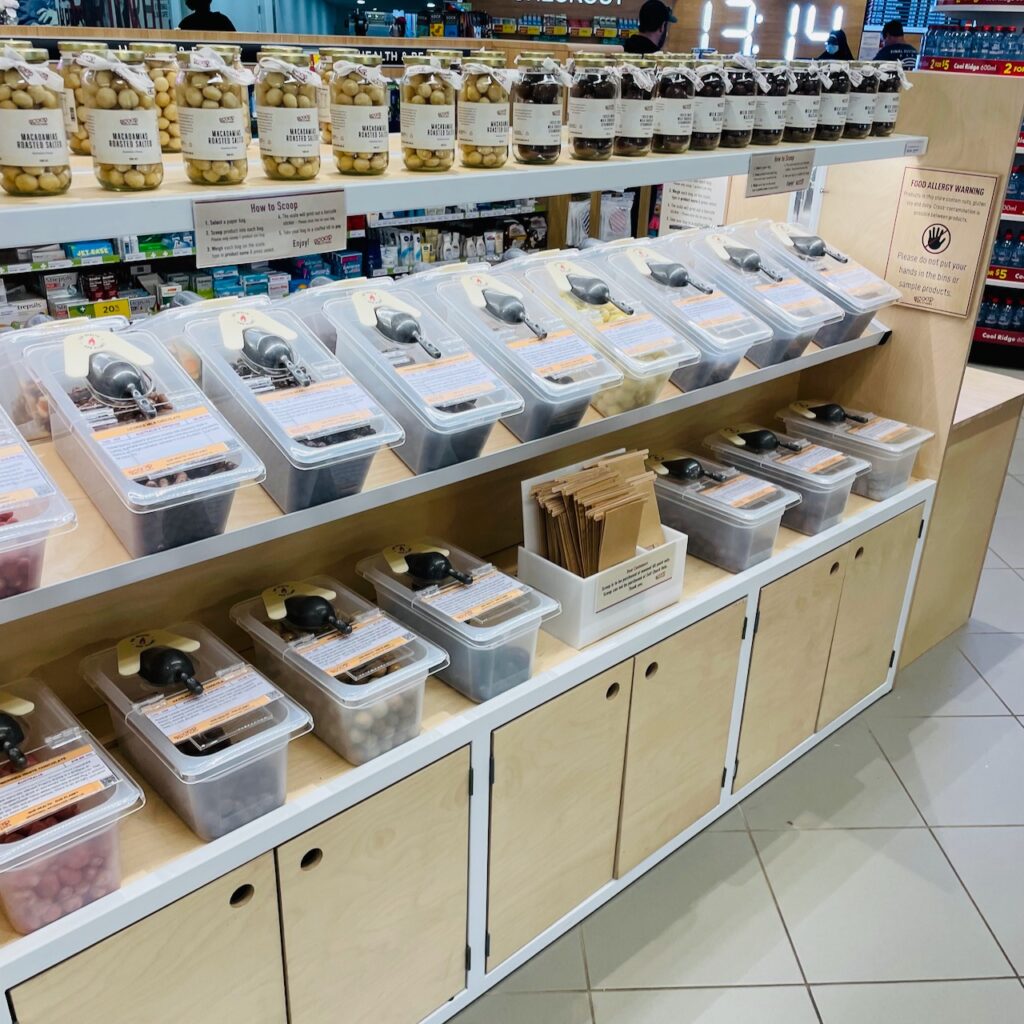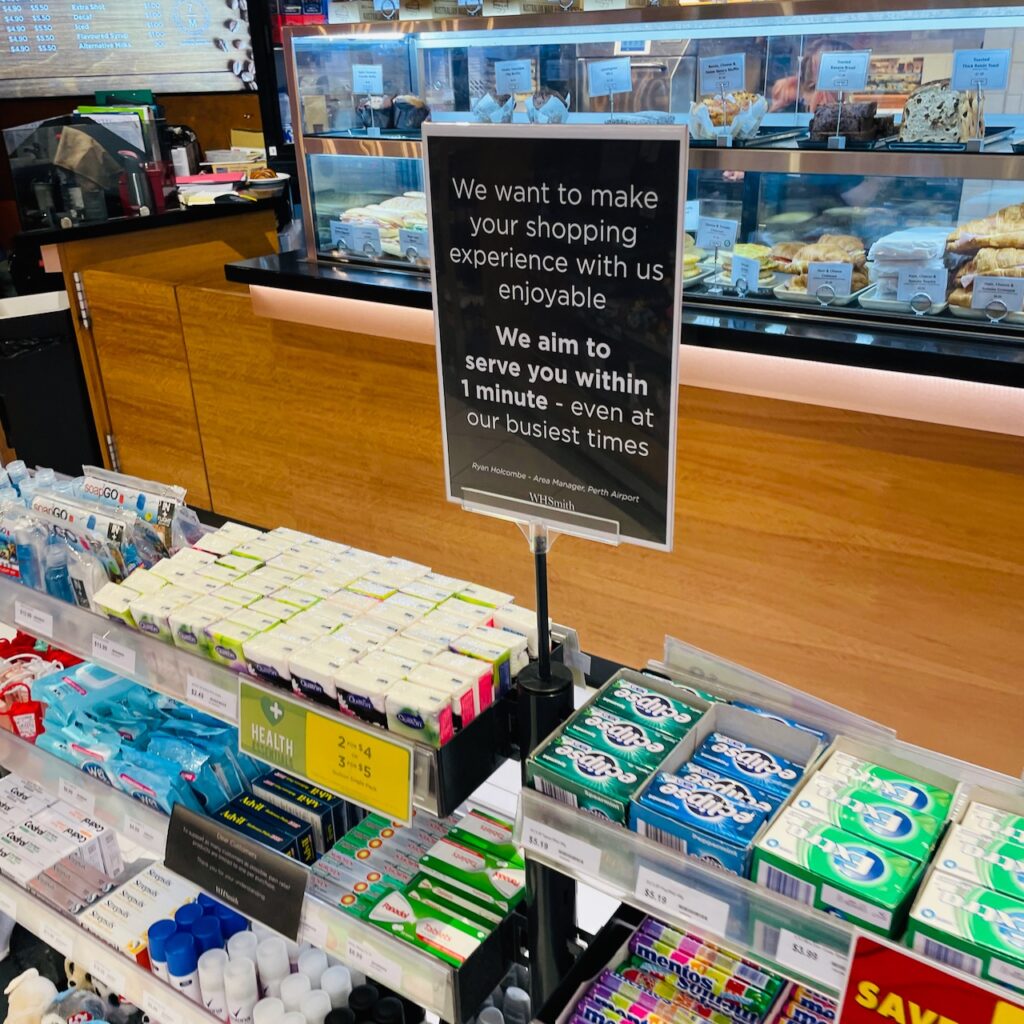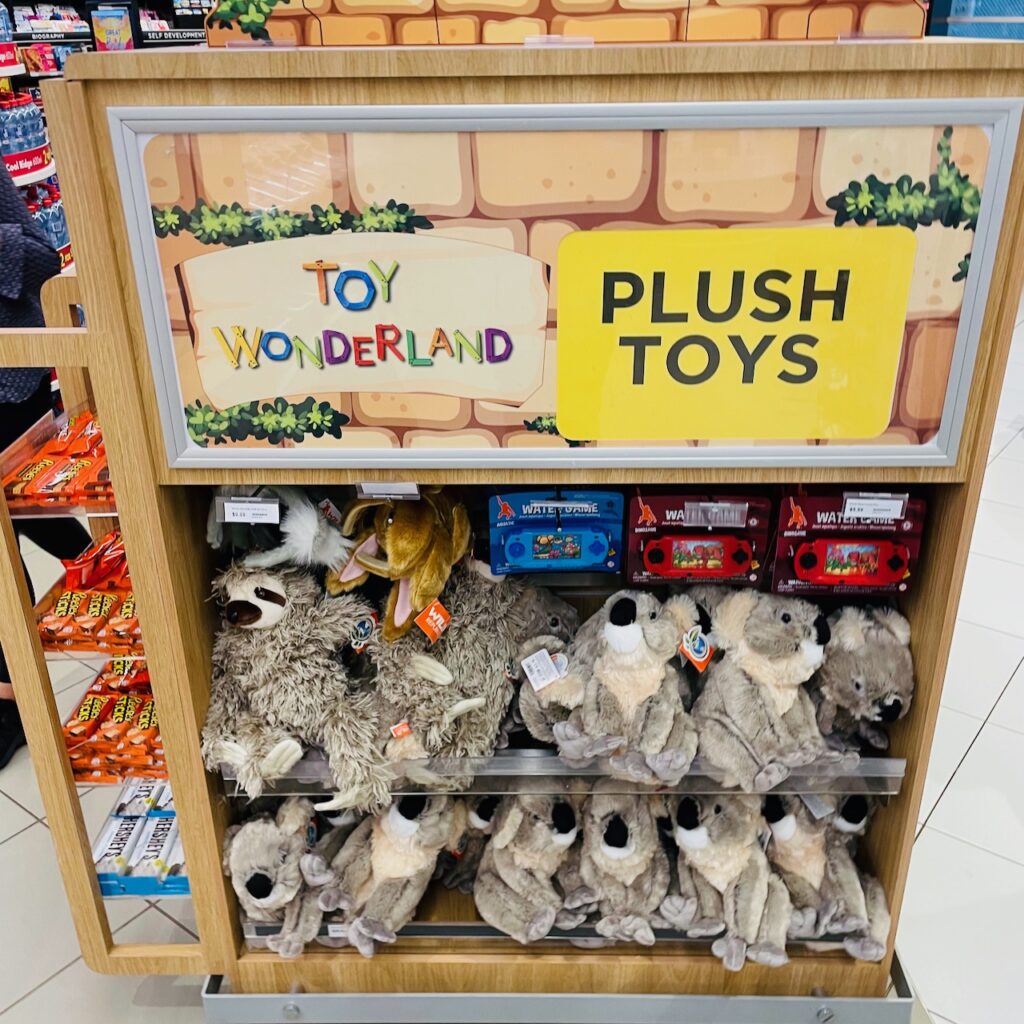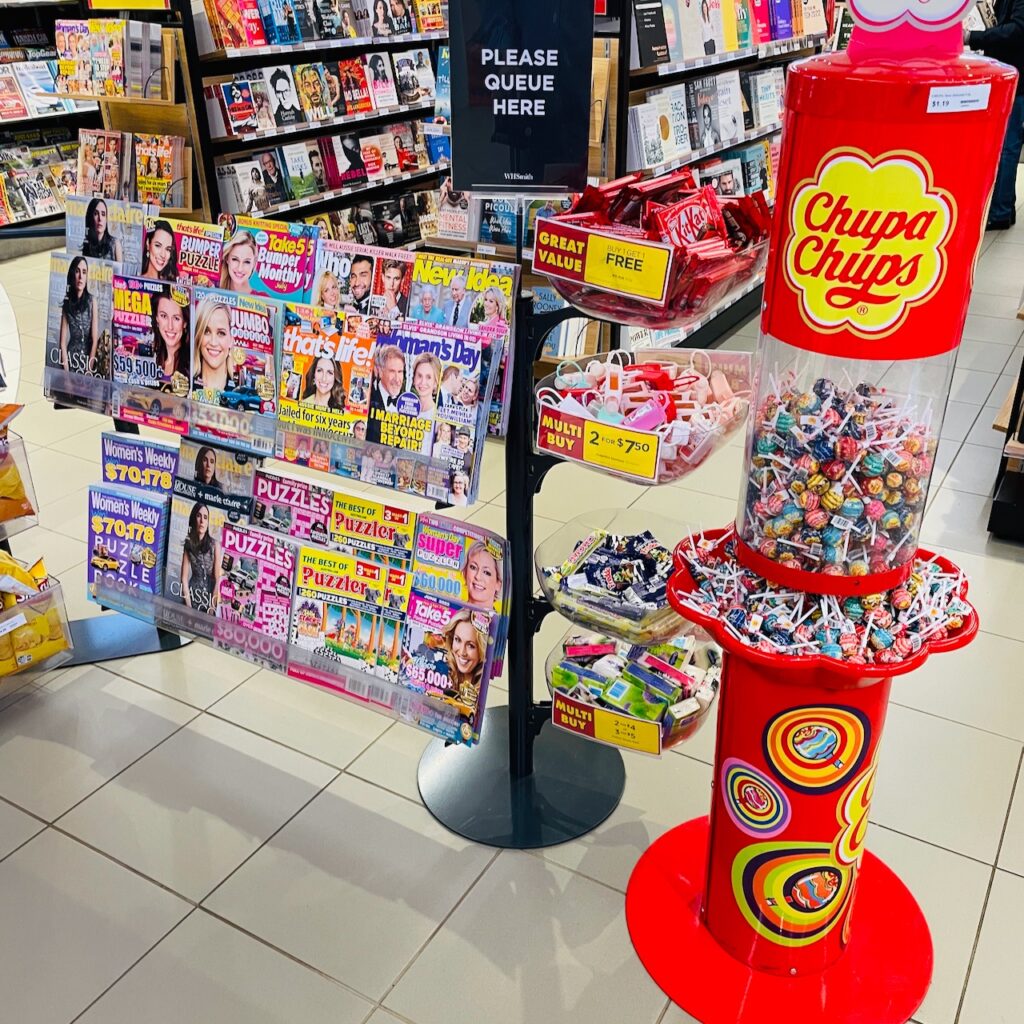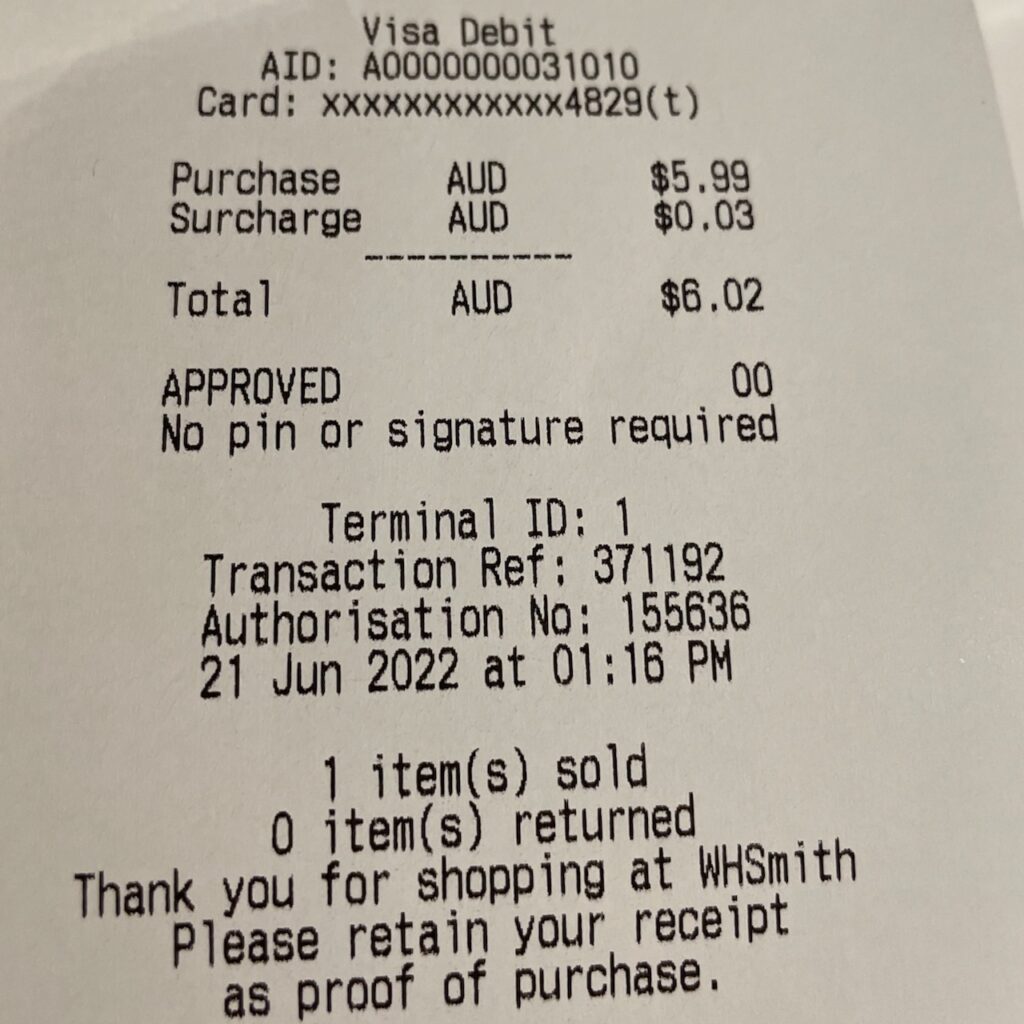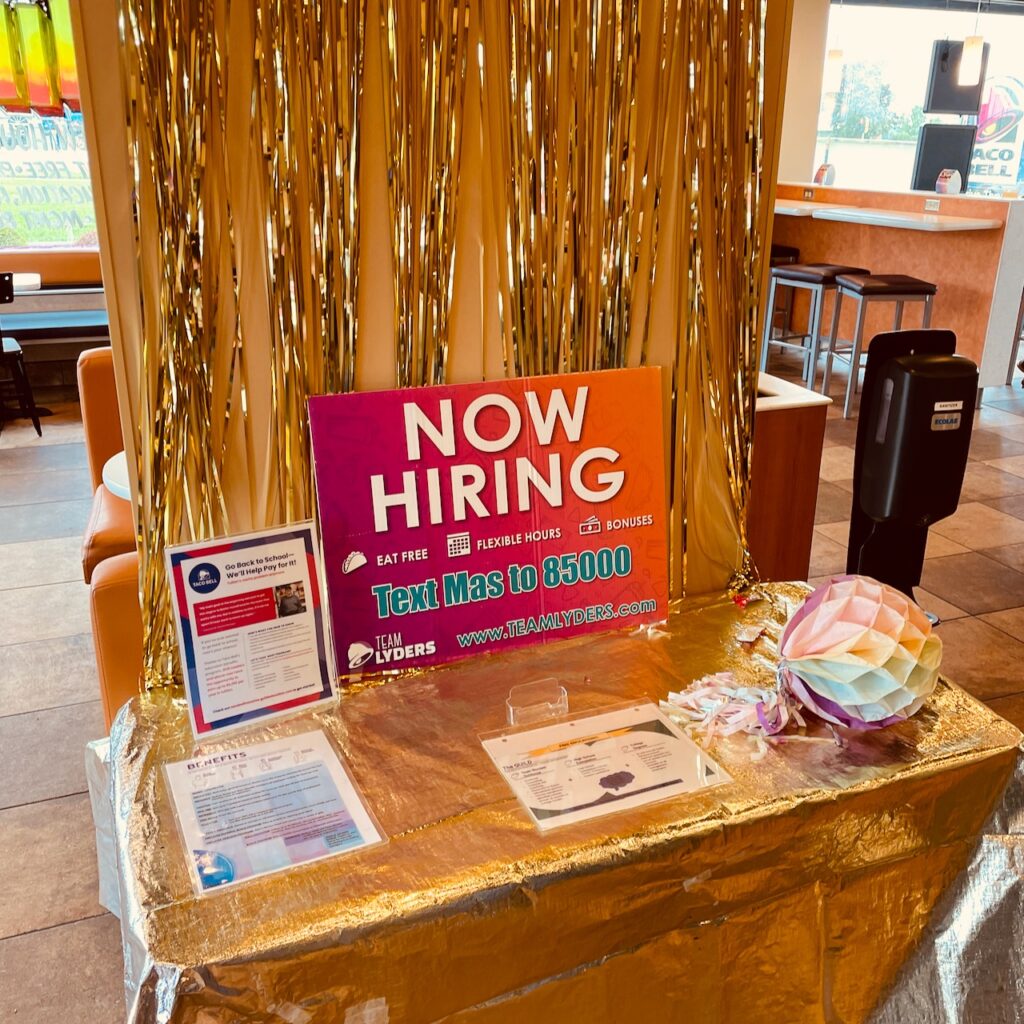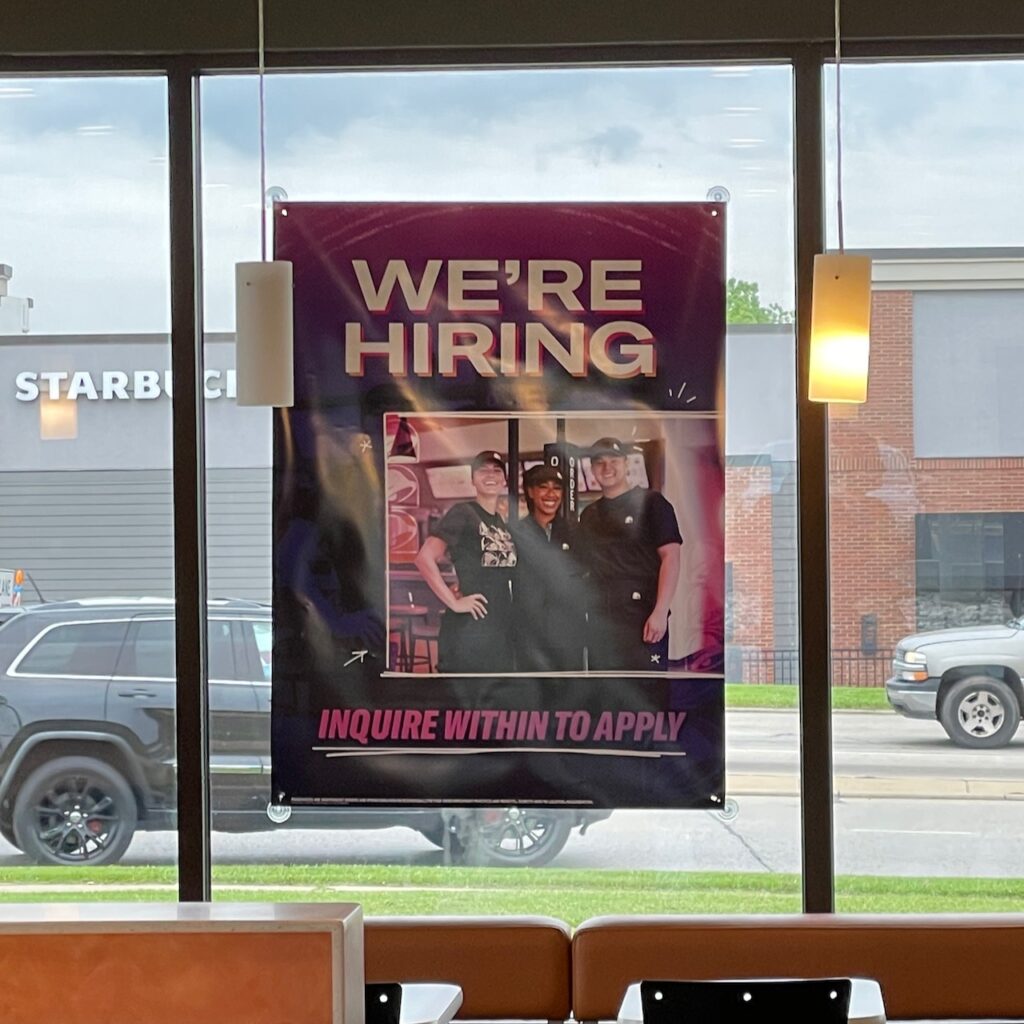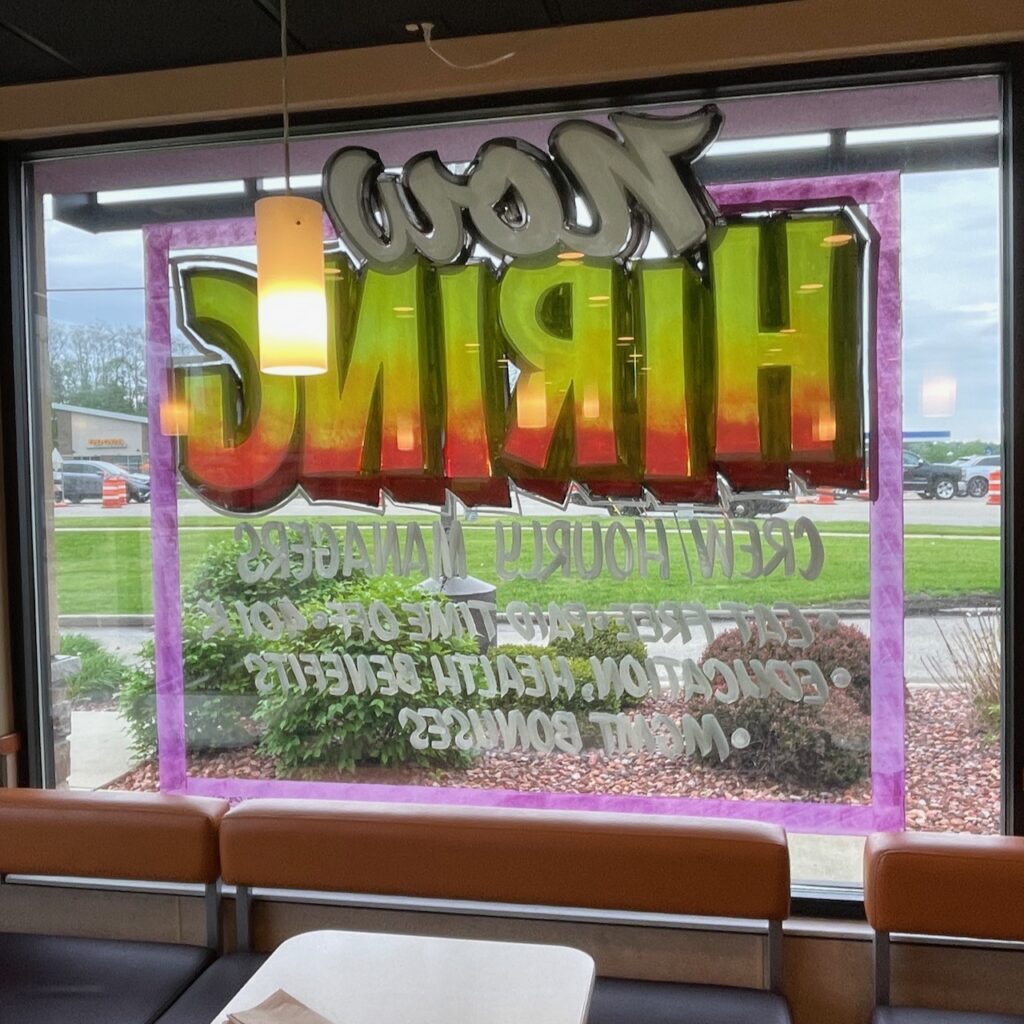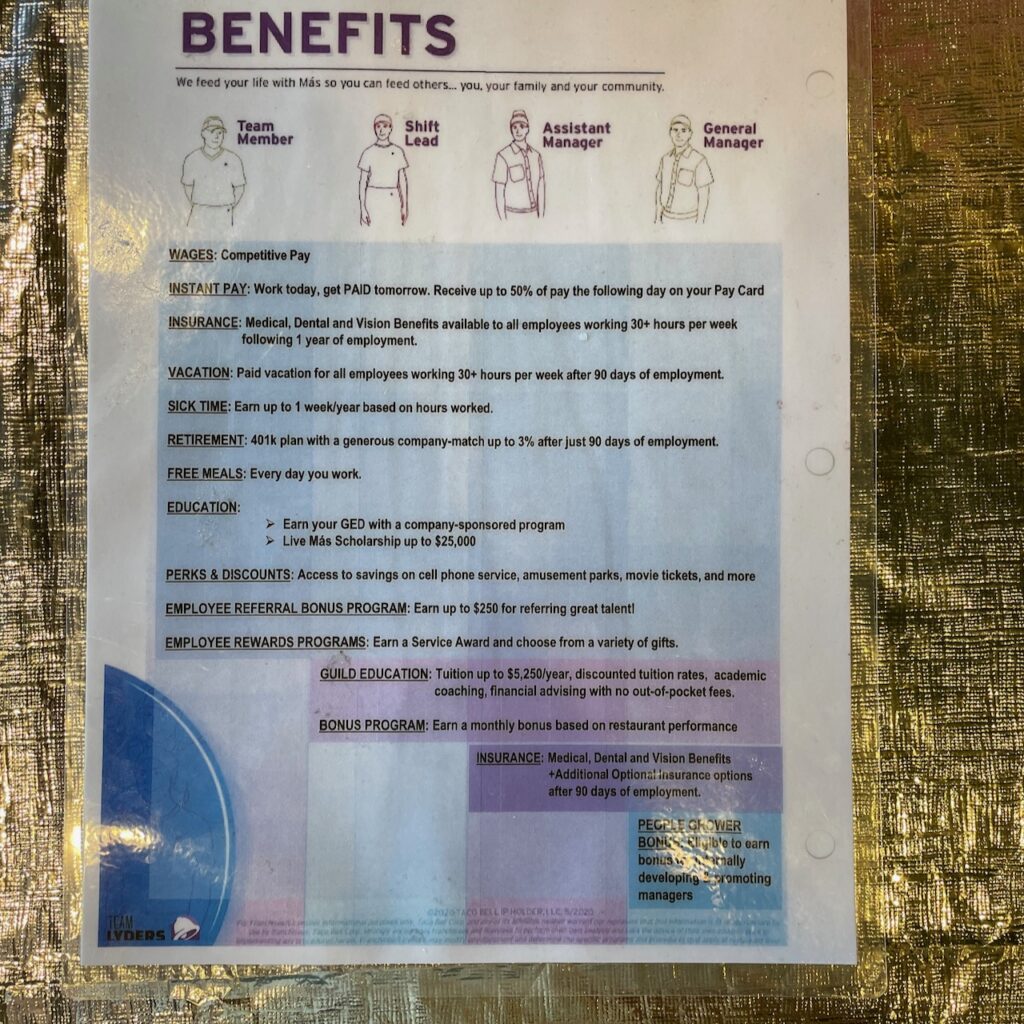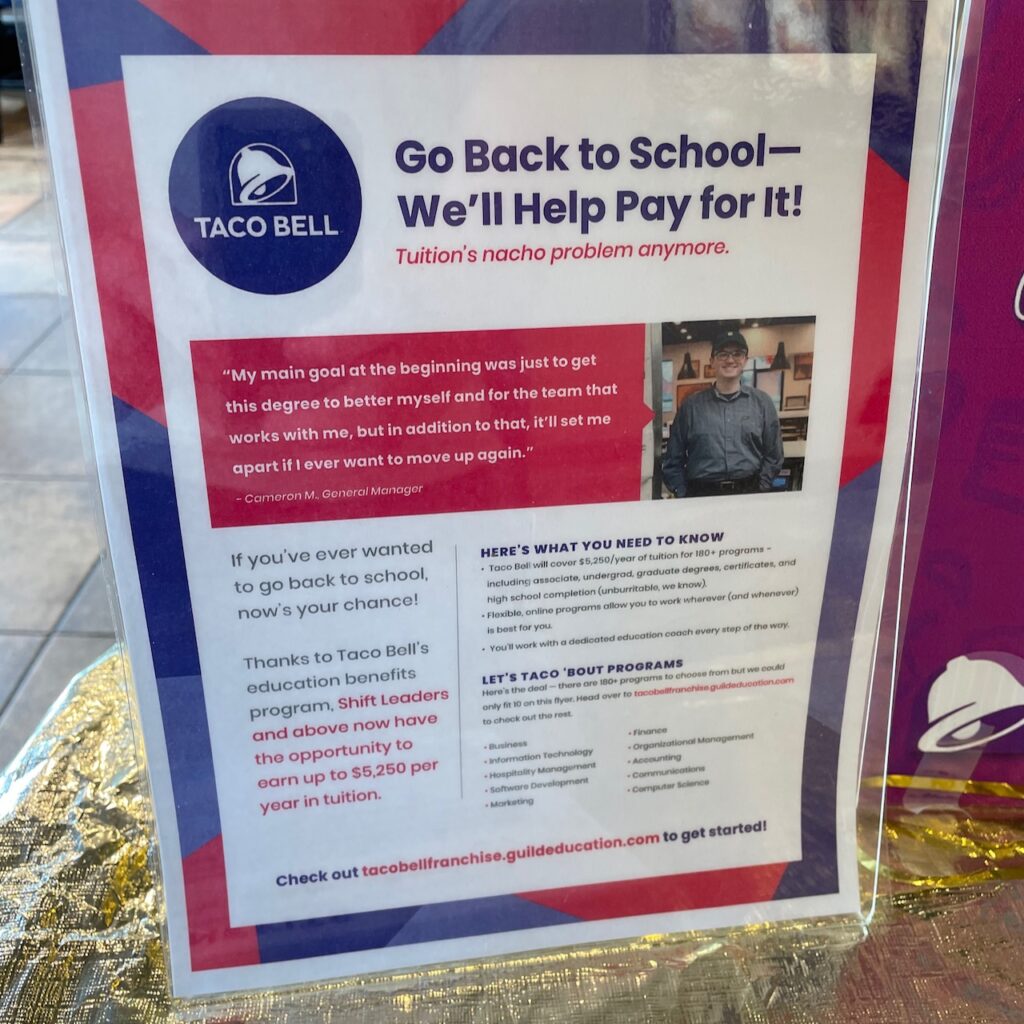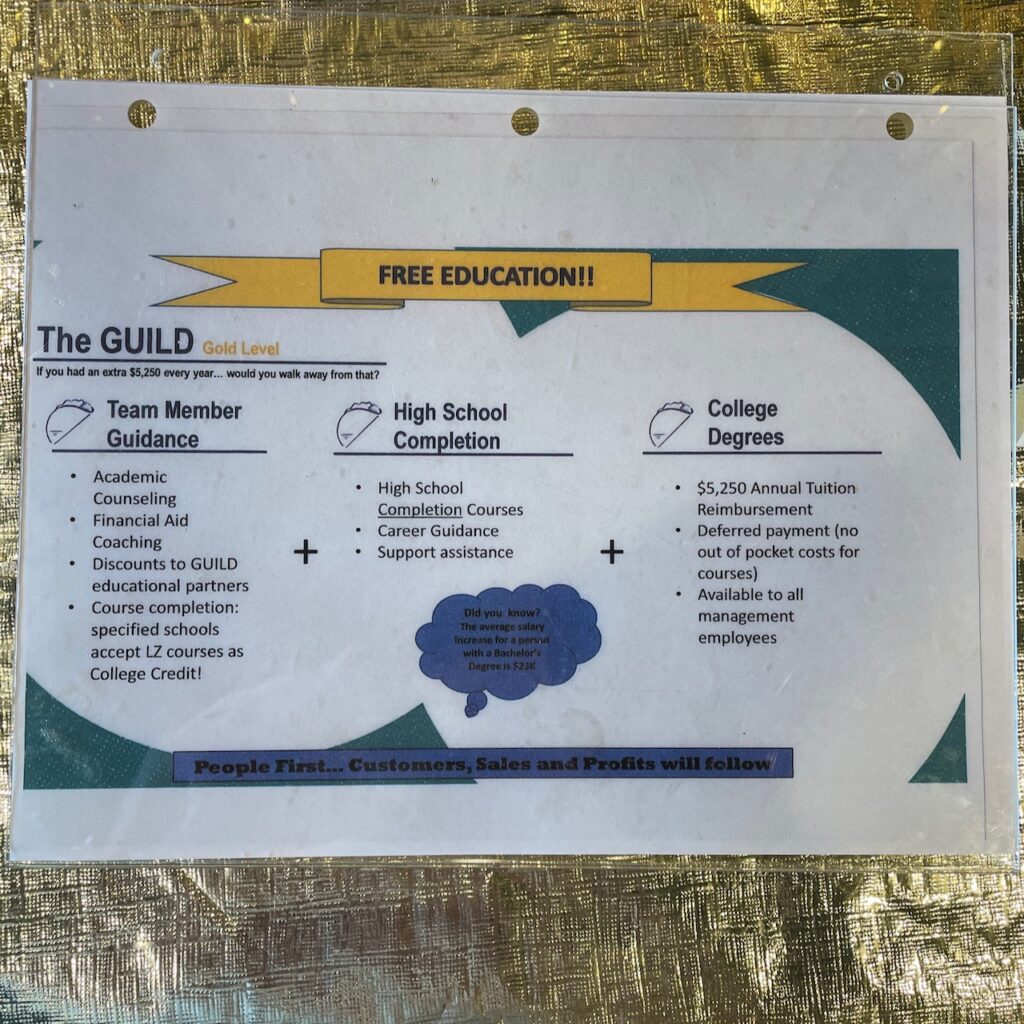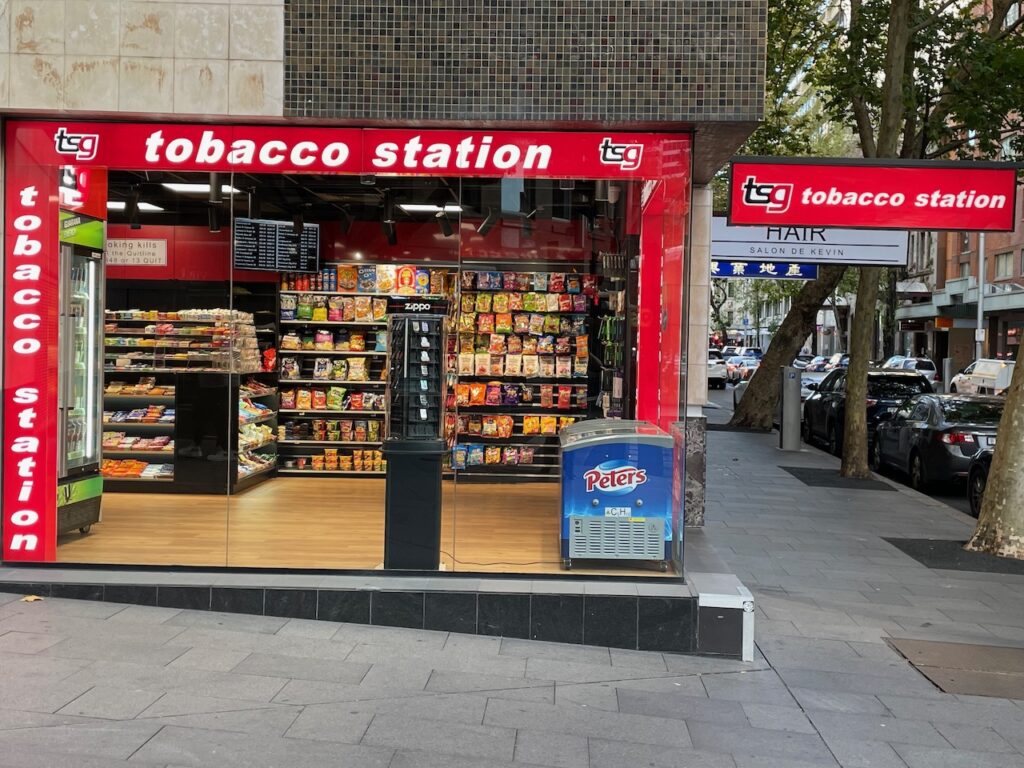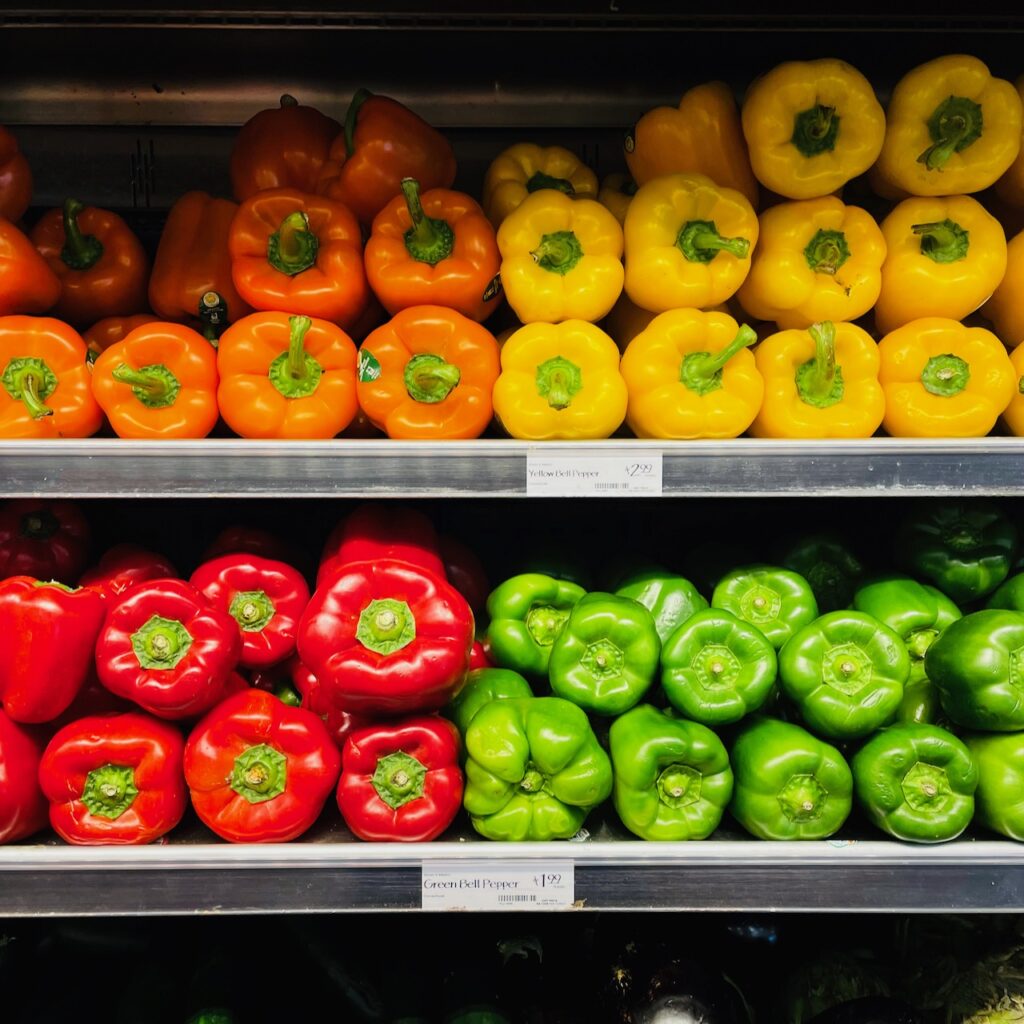I am grateful for the opportunity to see the new WH Smith store at LaGuardia Airport in New York this week. It was a fascinating experience.
This new-tech store is at the all new LaGuardia Airport opened in February this year. It leverages the Amazon Just Walk Out technology, technology I have covered here for several years now. Here’s the front of the shop.
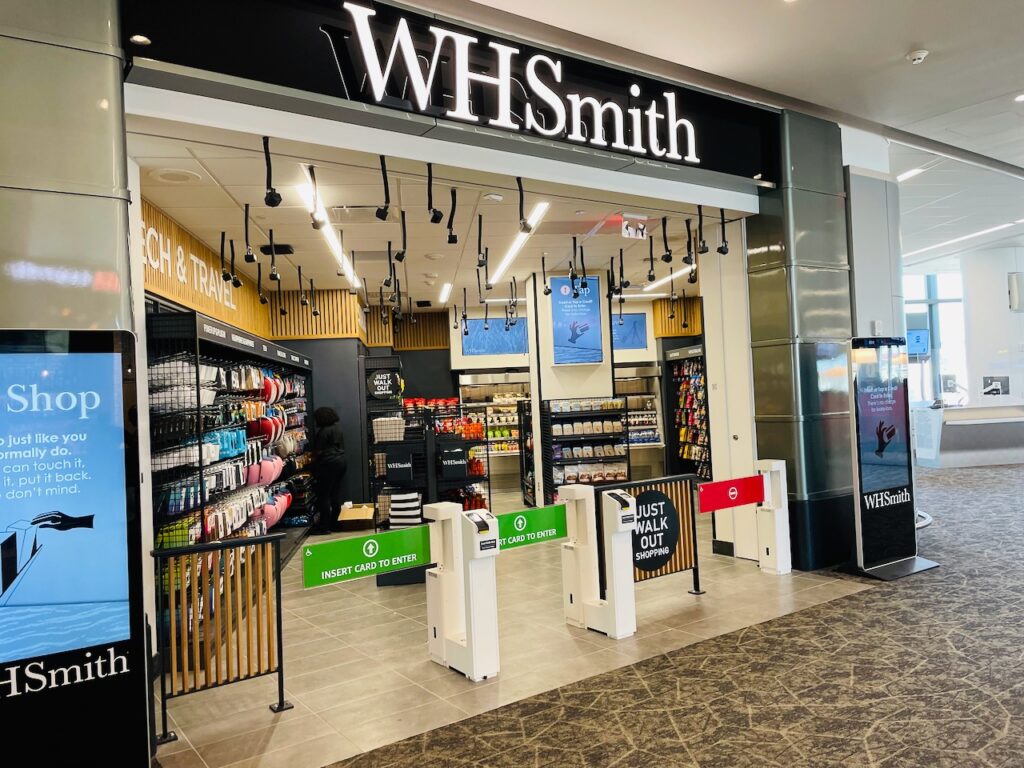
There is no counter. Once you are in, it’s all product. You enter with a credit card.
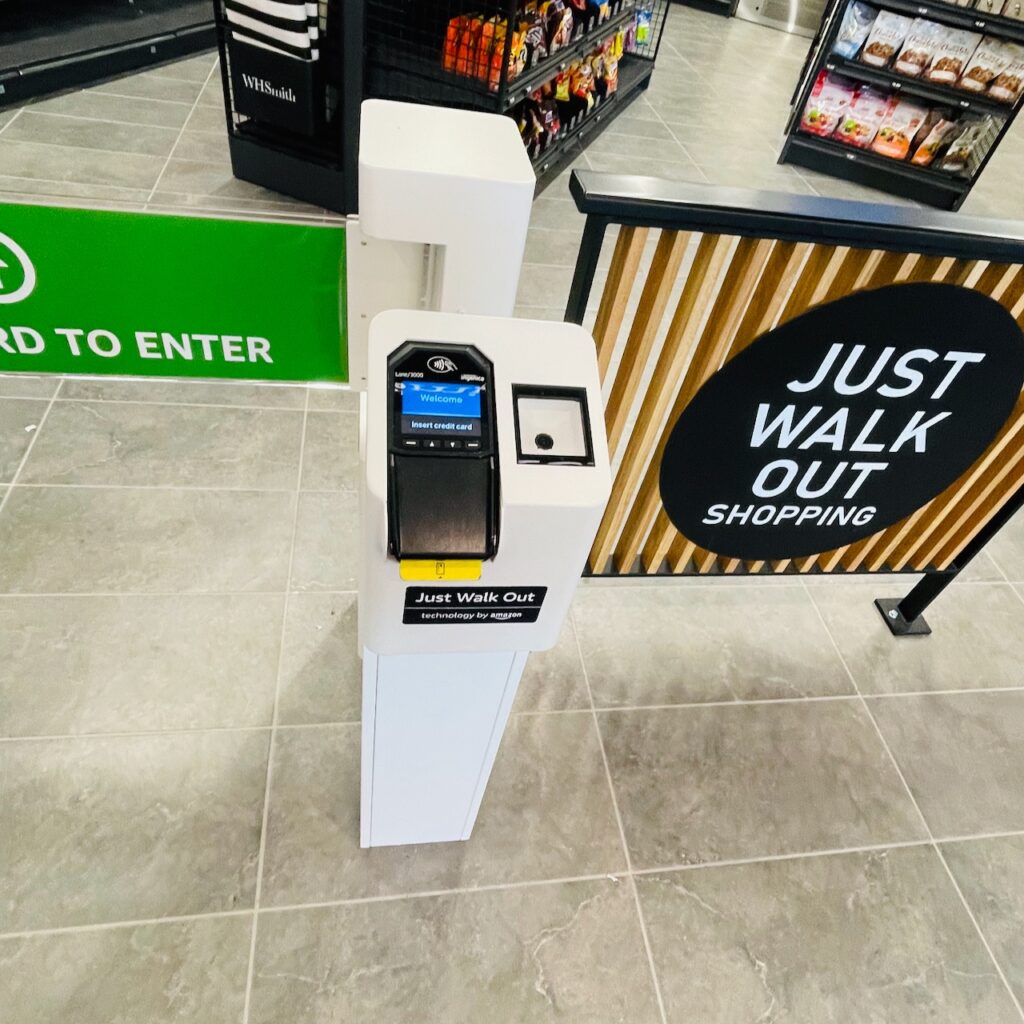
The digital screen to the side of the entrance explains the process. This is key to quick understanding of access to the store.
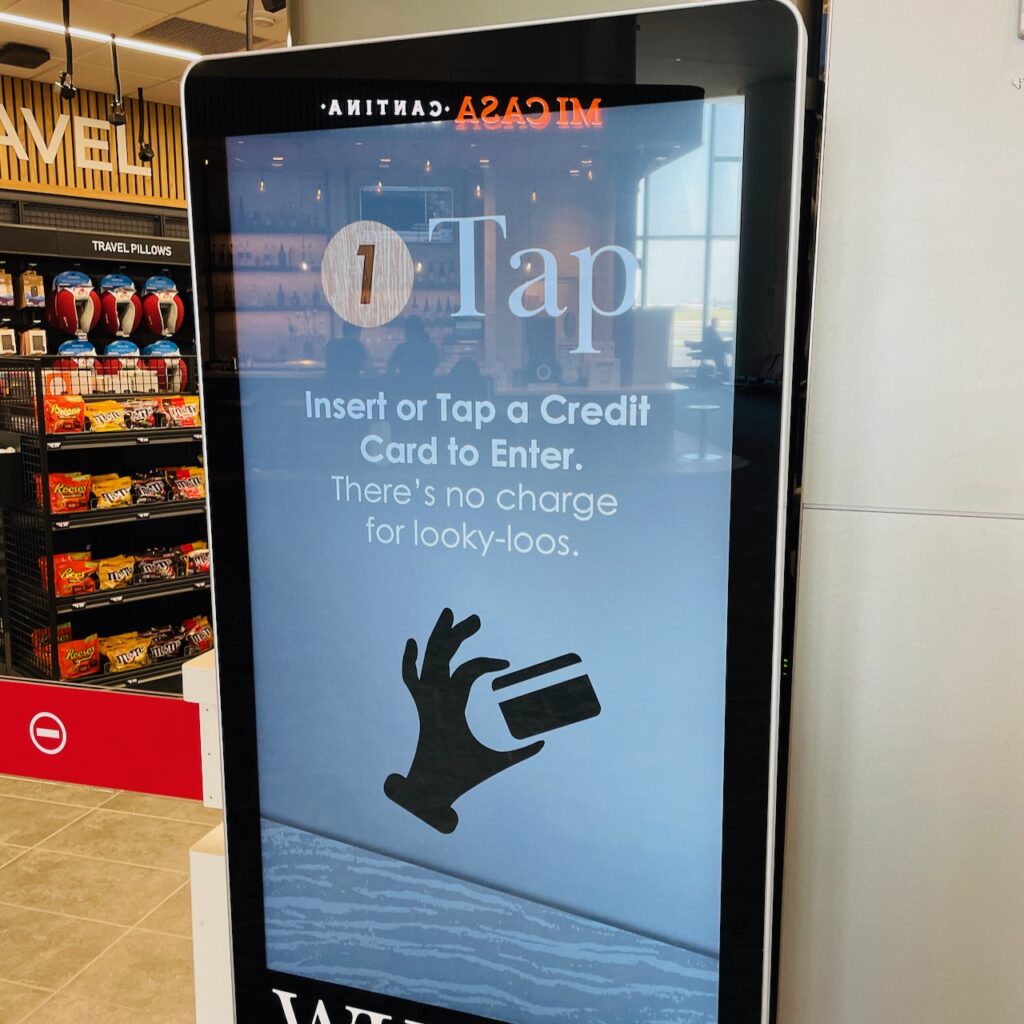
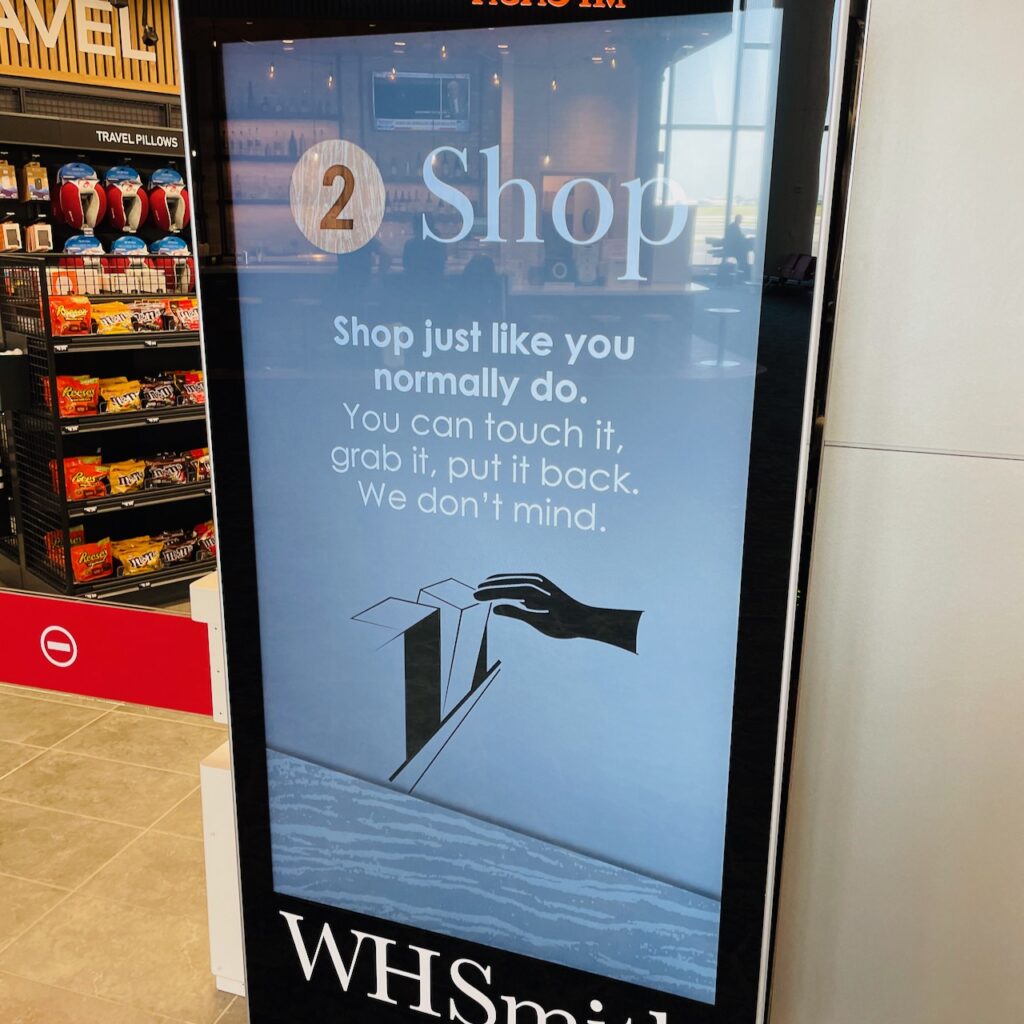
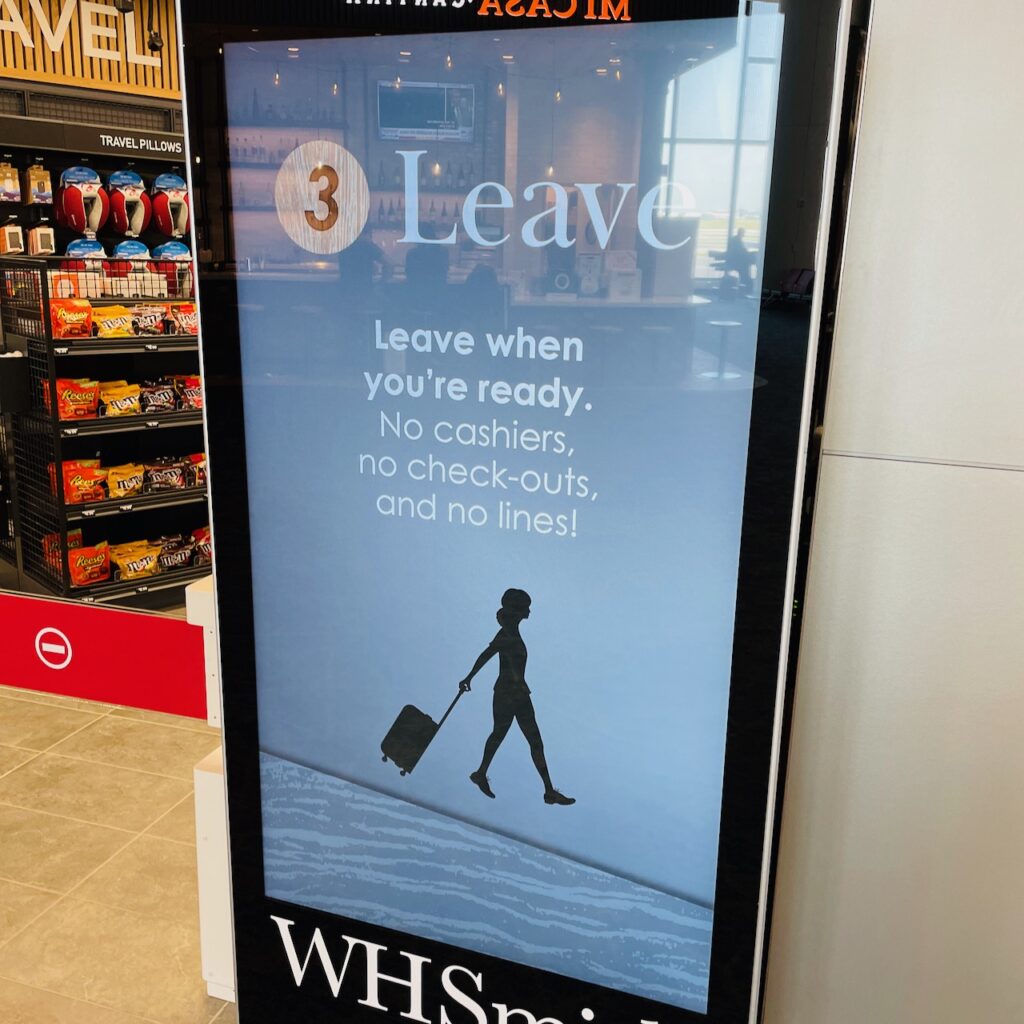
On the ceiling you can see tons of cameras. They, and other tech, are elsewhere in-store, tracking you, so you can just walk out.
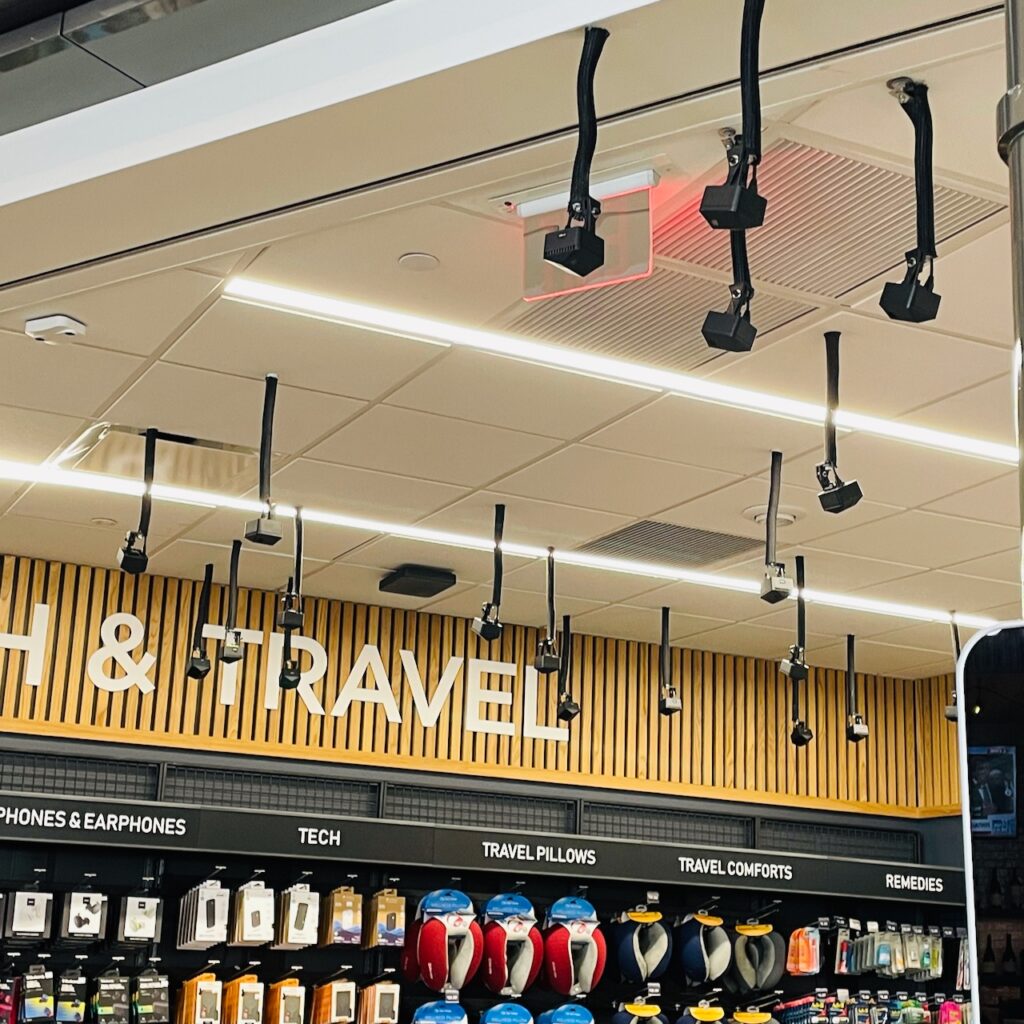
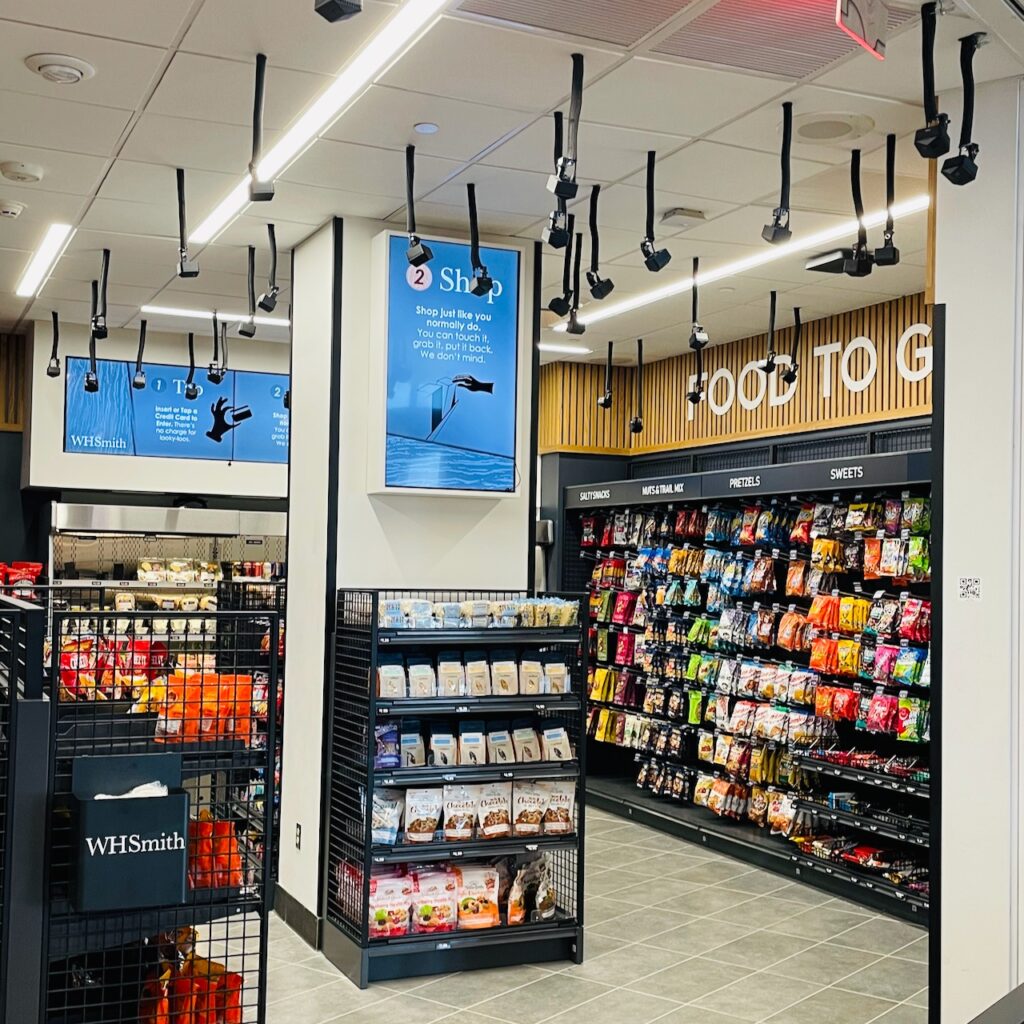
Products are displayed in a traditional way for convenience.
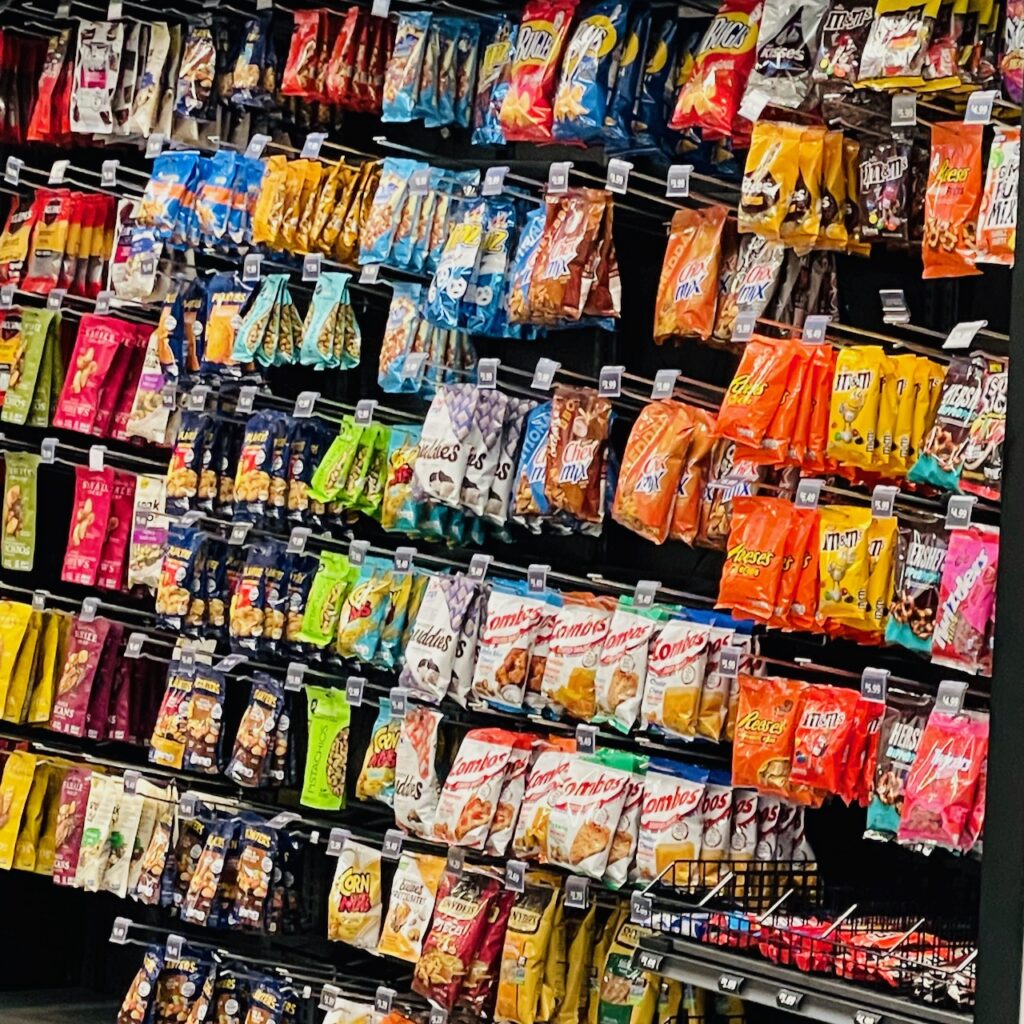
There is one exit.
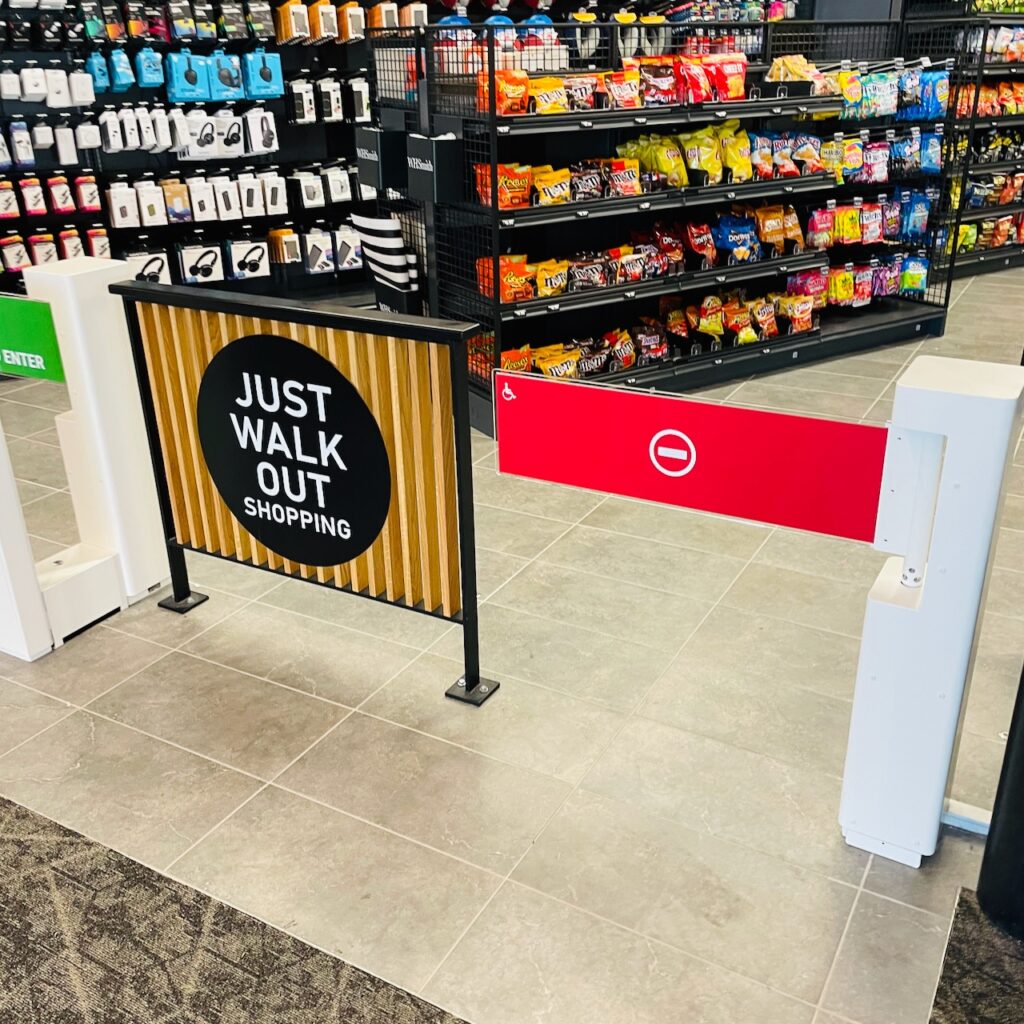
There was one staff member on the shop floor, stocking shelves.
The shopping experience is easier than self checkout in that there is no battle when the scale mis-weighs something or when the self checkout tech can’t work out if you have your own bag.
This WH Smith Just Walk Out store experience was smooth, just what I’m looking for in convenience shopping in a transit setting.
The biggest barrier, besides cost, to wider use of this tech is the fear of theft. I suspect the tech will evolve to further address this. Also, I suspect they have allowed for this in product pricing. However, I’d note that the pricing of products felt no different to what I have seen in regular c-store retail in US airports.
While I don’t want to come off as a booster for Amazon, they have been leading this tech field for years now, first through their Amazon Go stores which continue to trade, even in street front situations in major cities.
The Amazon tech reduces waste. For example, if a customer takes a product out of a fridge unit and later in the visit puts it on another shelf, the Amazon tech can notify store workers and let them know how long it has been out of the fridge. This is fascinating.
While we are seeing application today in the convenience space and in some Amazon owned supermarkets, I think the real innovation will come from new retail formats built around the Just Walk Out or similar tech. This will come about through promotion of this retail innovation, creating demand for it.
The current cost of the Just Walk Out tech means local retail is unlikely to be an early adopter, I think it’s wise to have it in the consideration field as this tech will become affordable for our types of businesses. It would allow us to change the focus to be more about shop floor help than sales counter anchor.
I would not, however, that key to the success is identification of the products being picked up by customers. The consistency of range on c-stores enables tech partners to make setup easier. Having to collect photos of the quality need and from all the angles needed for less mass products would be a time barrier for plenty of retail settings.
In the newsagencies with agency services like lotteries and postal, of course, this tech is not a solution.
Like I said, I am not here boosting for this tech. My goal with this post is to show that is now out there and to note that some big businesses are behind this tech making its way to many retail settings, starting with c-stores. Its wider release now puts even more pressure on independent convenience focussed retailers.

